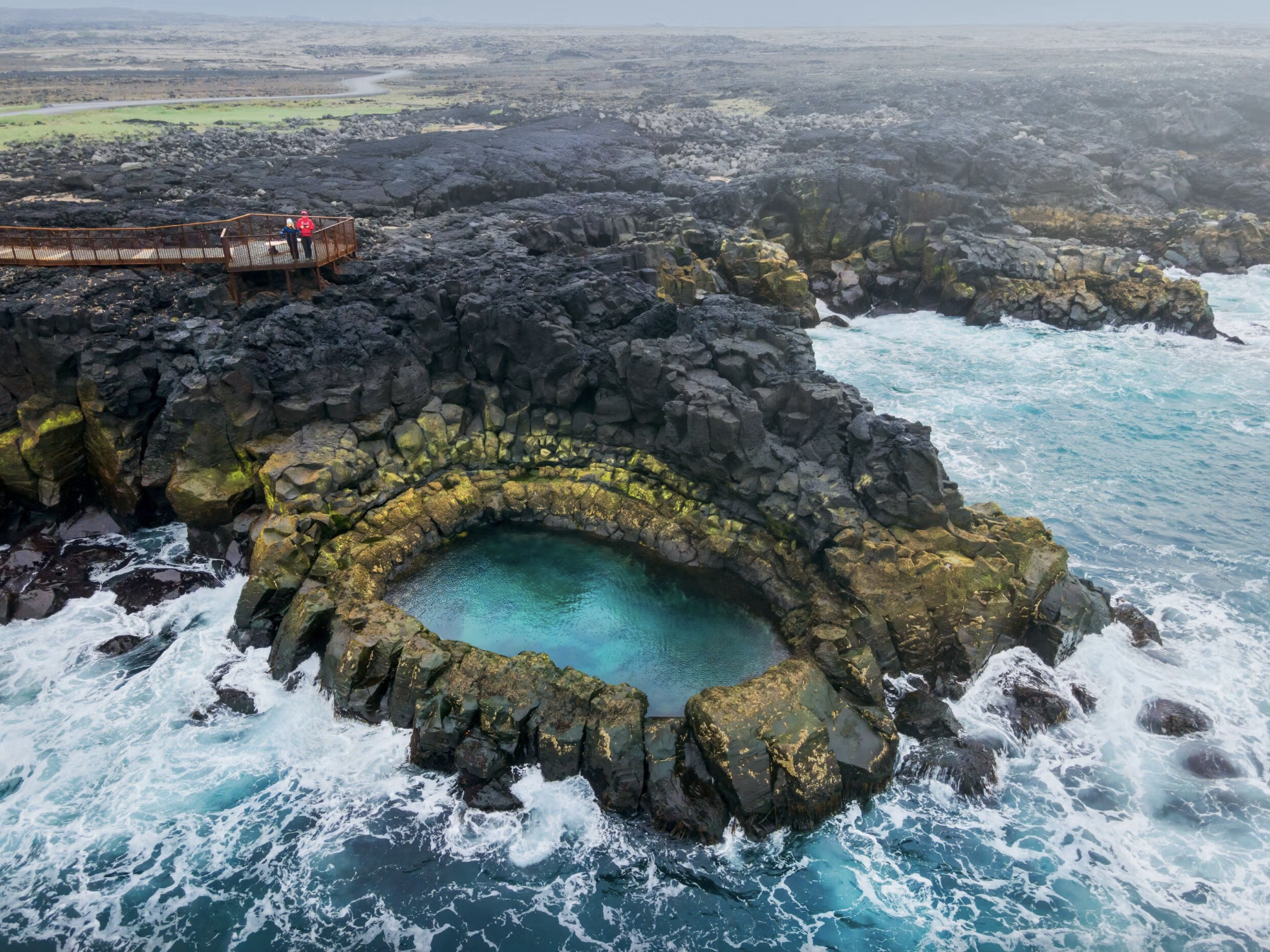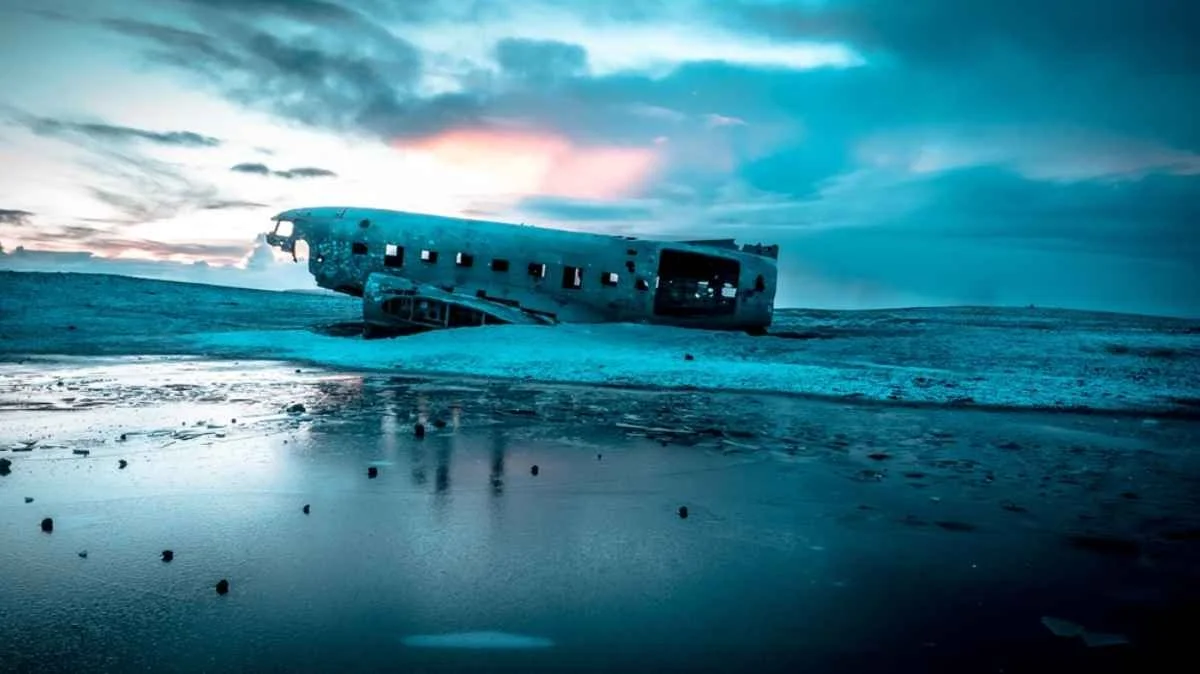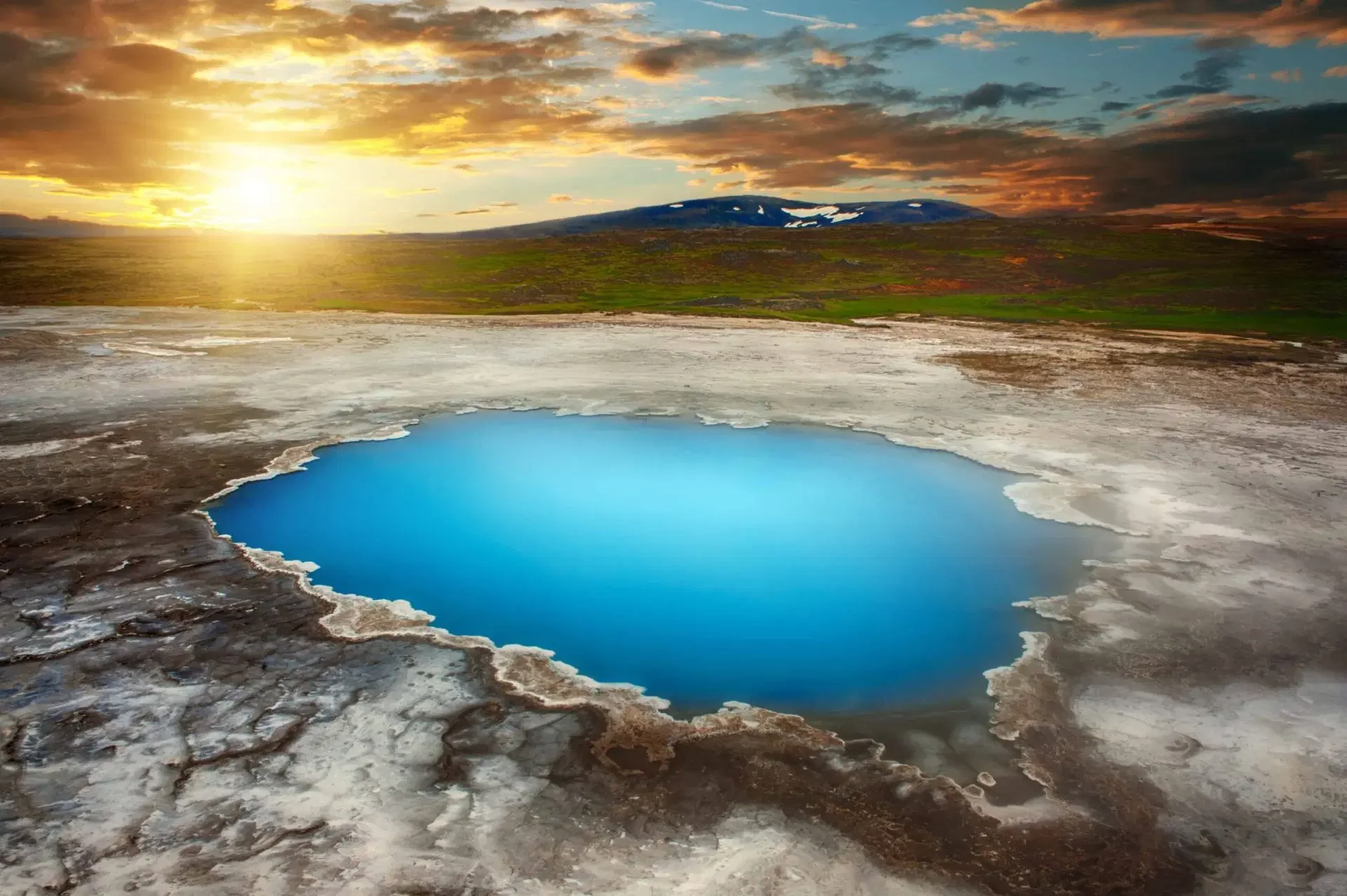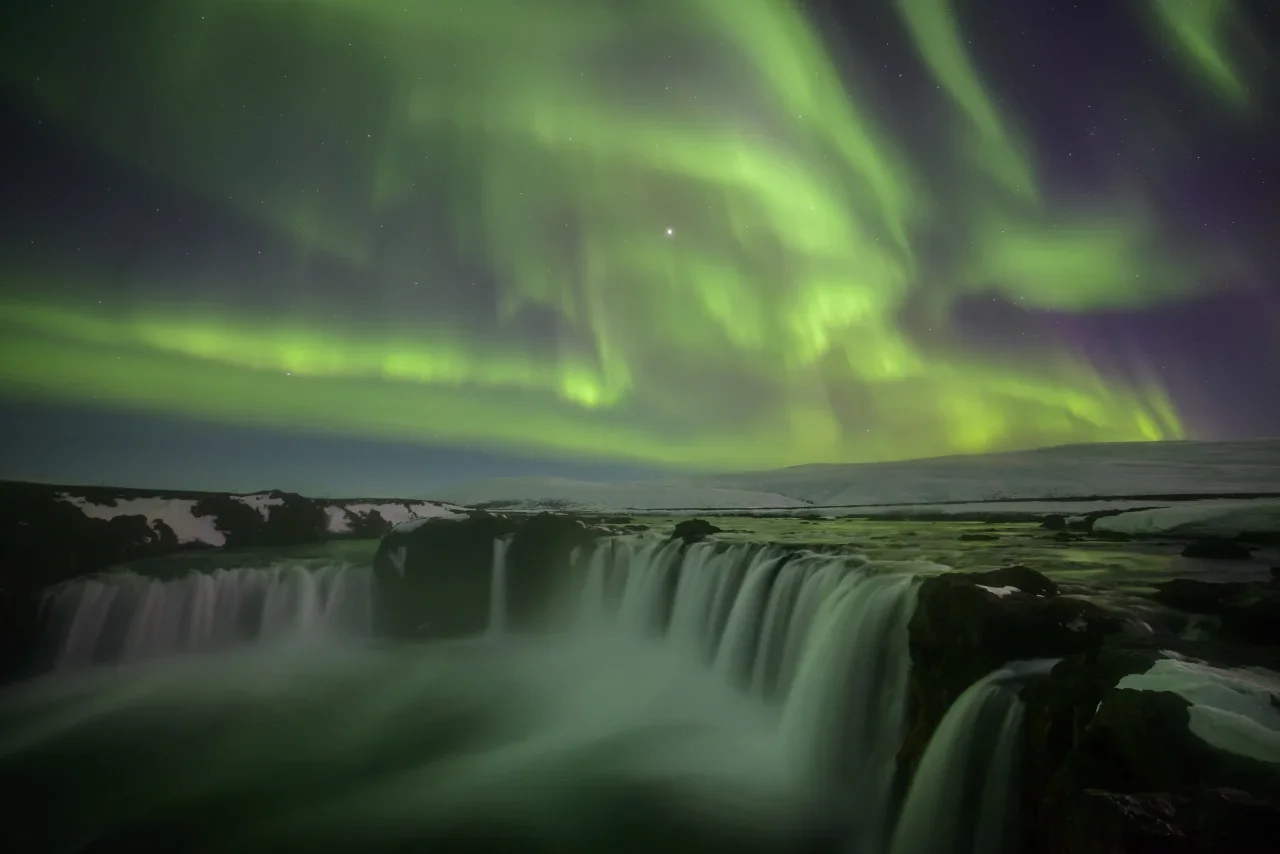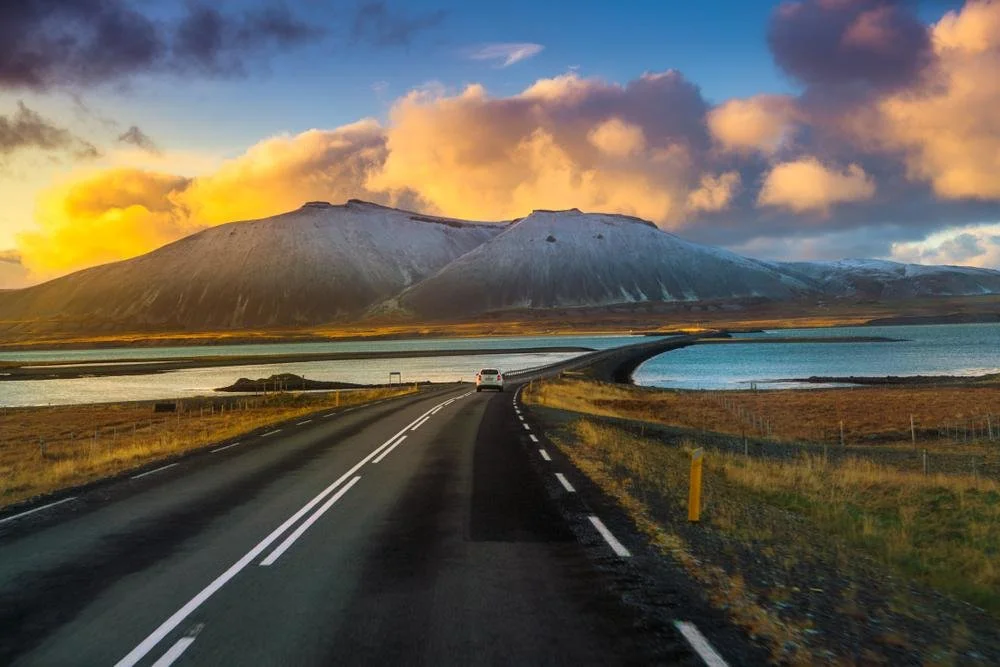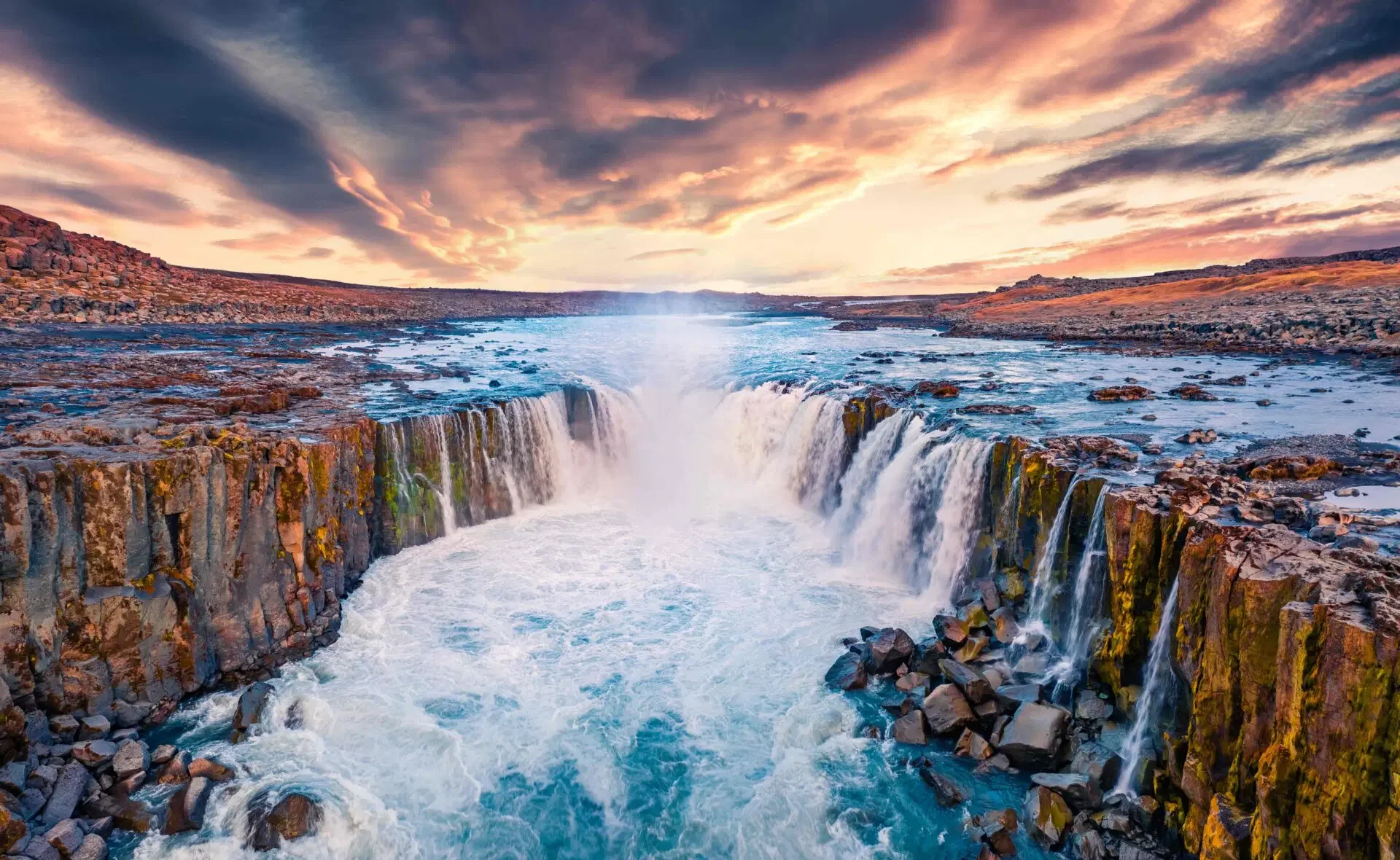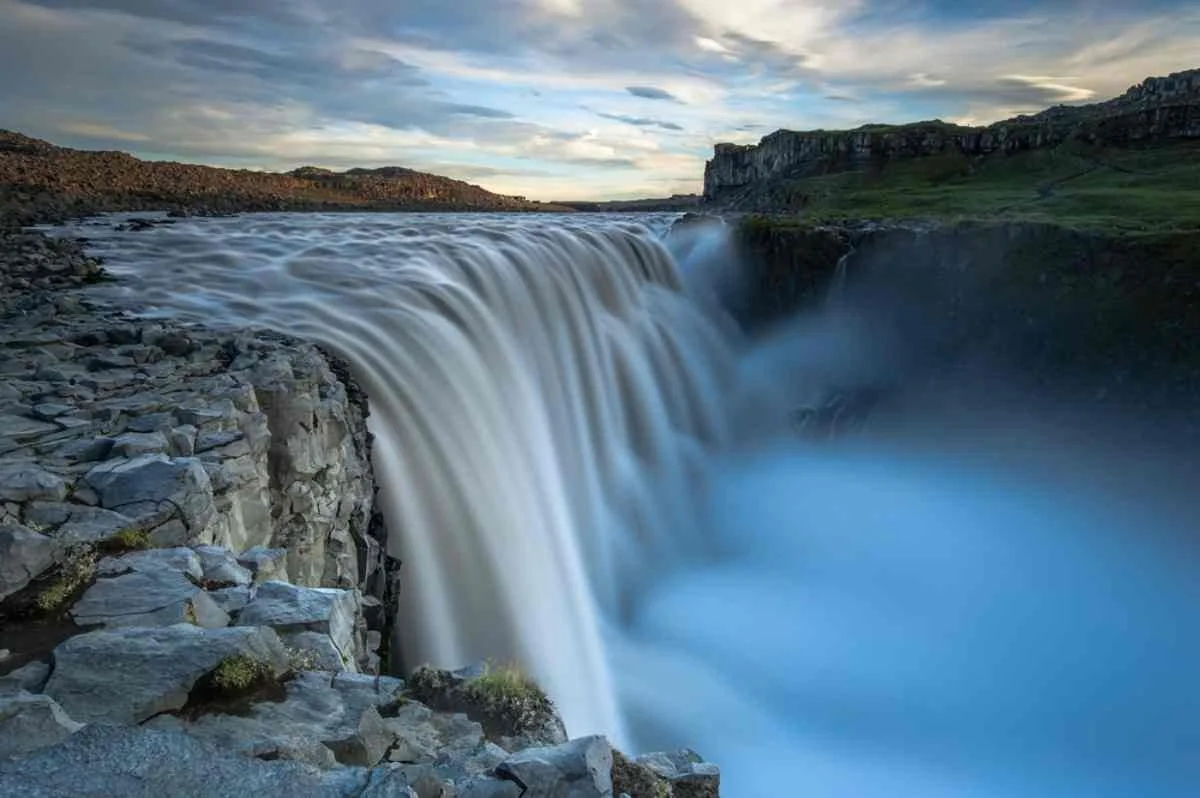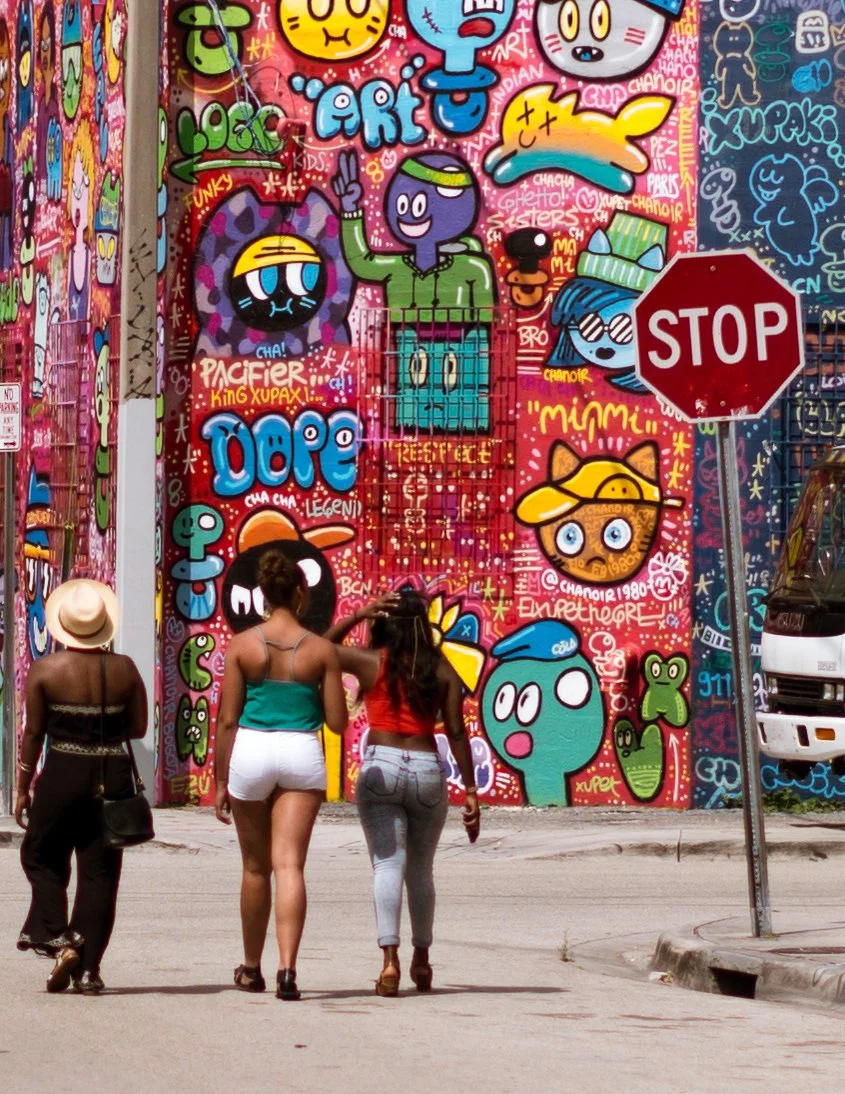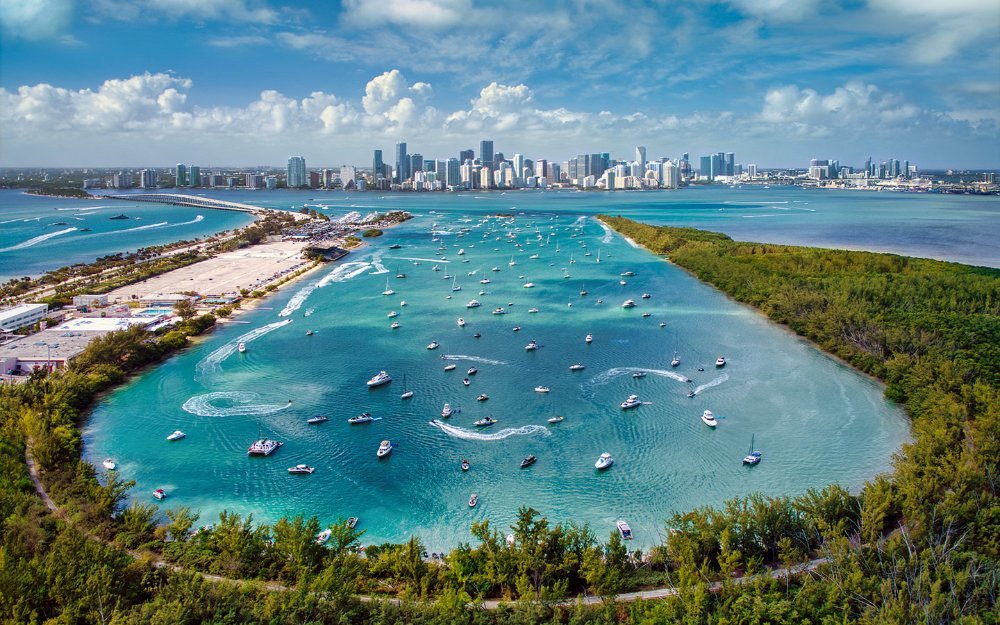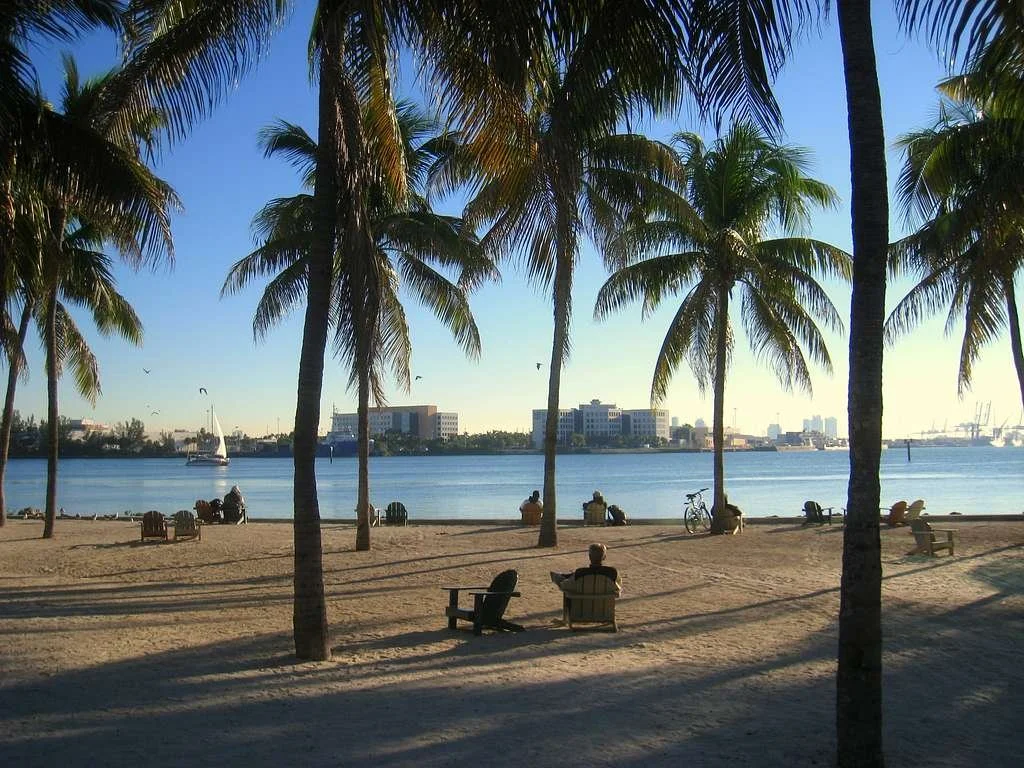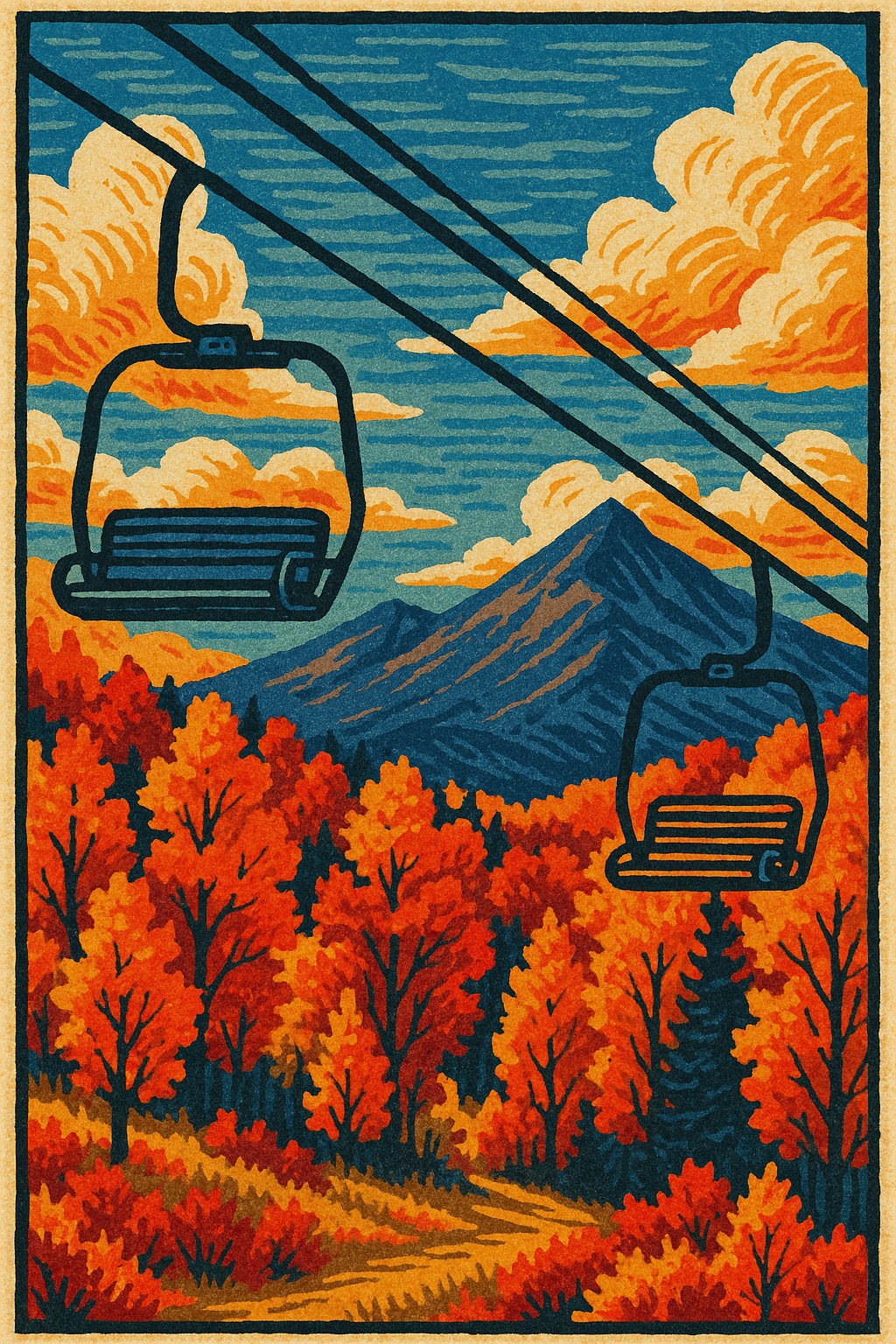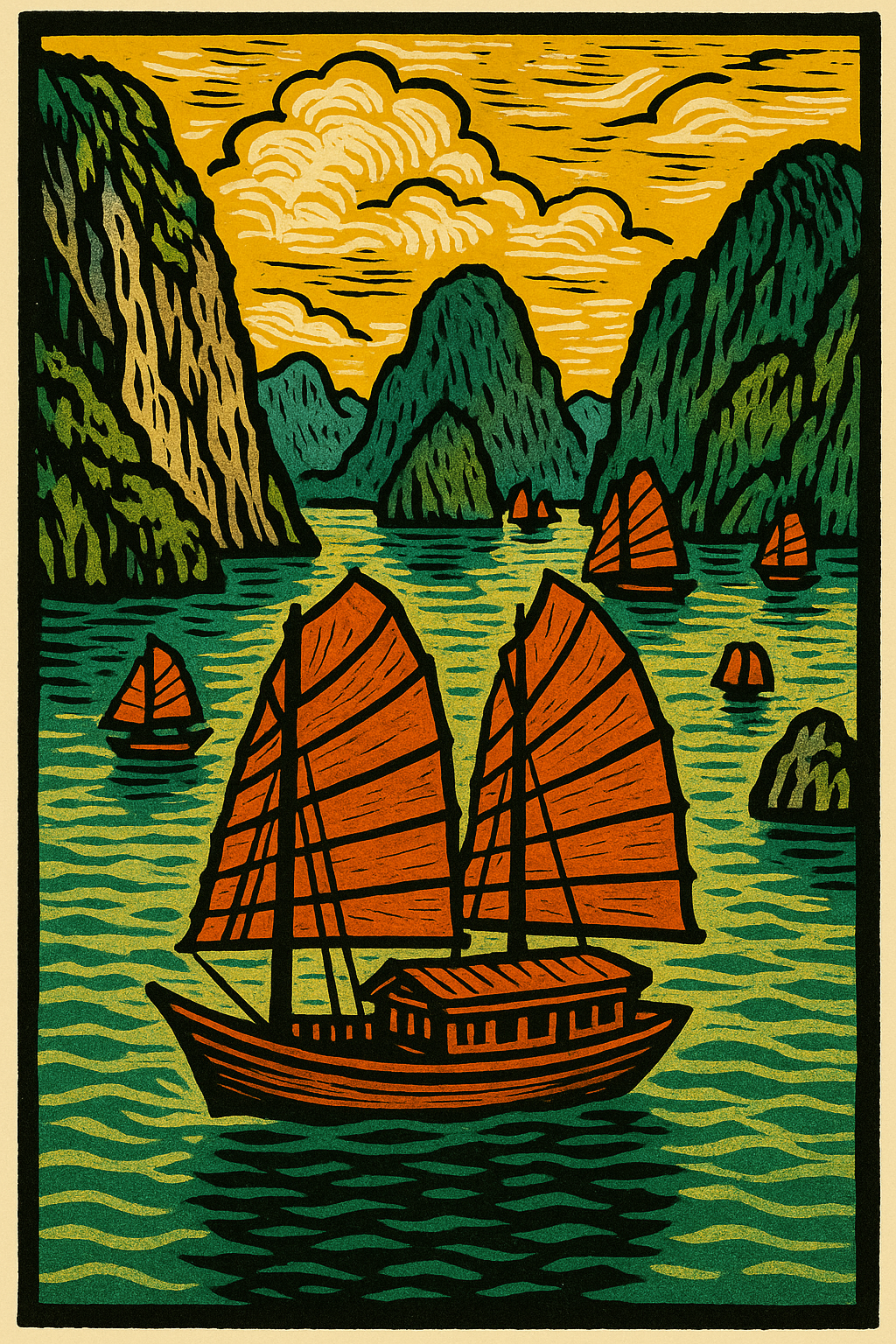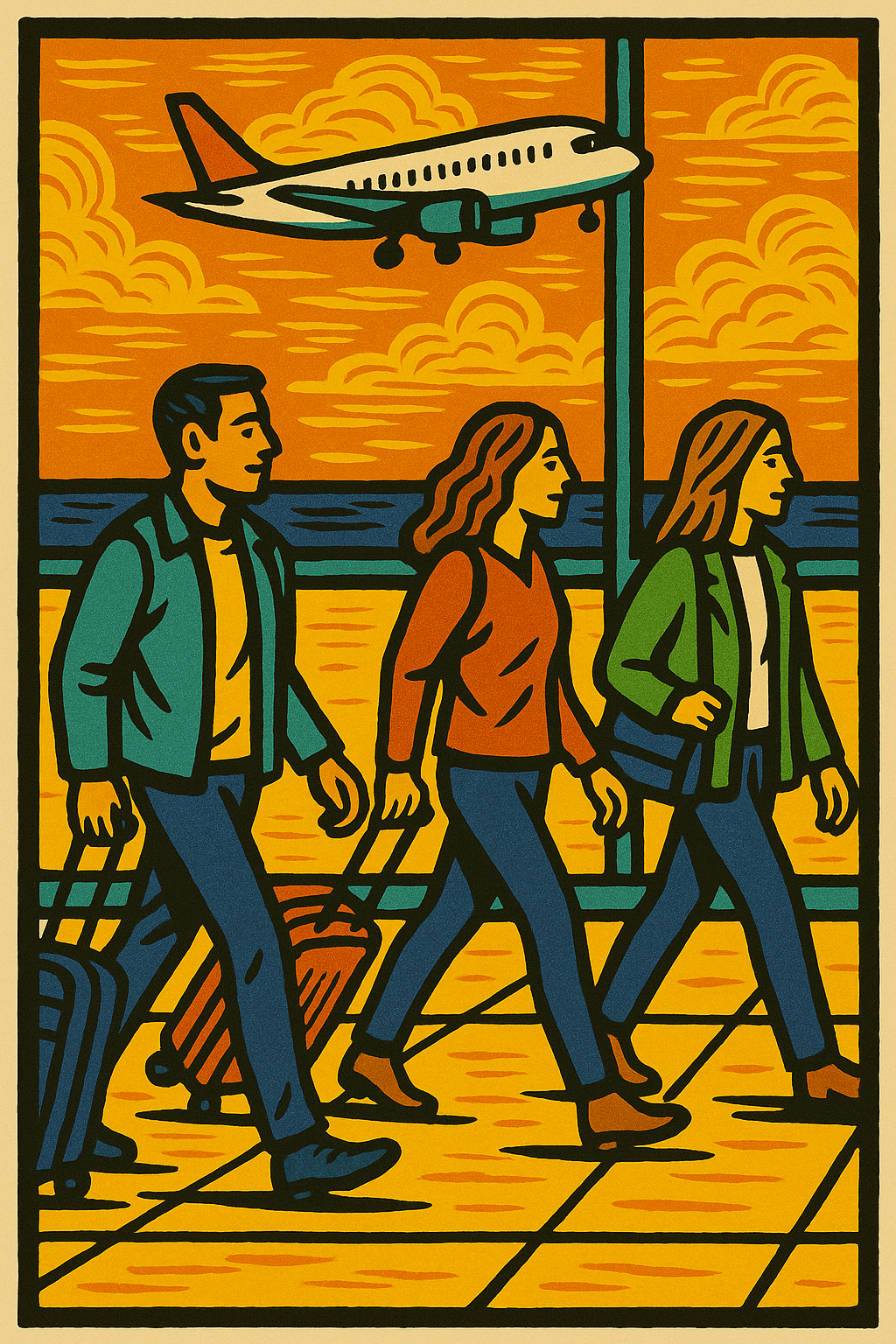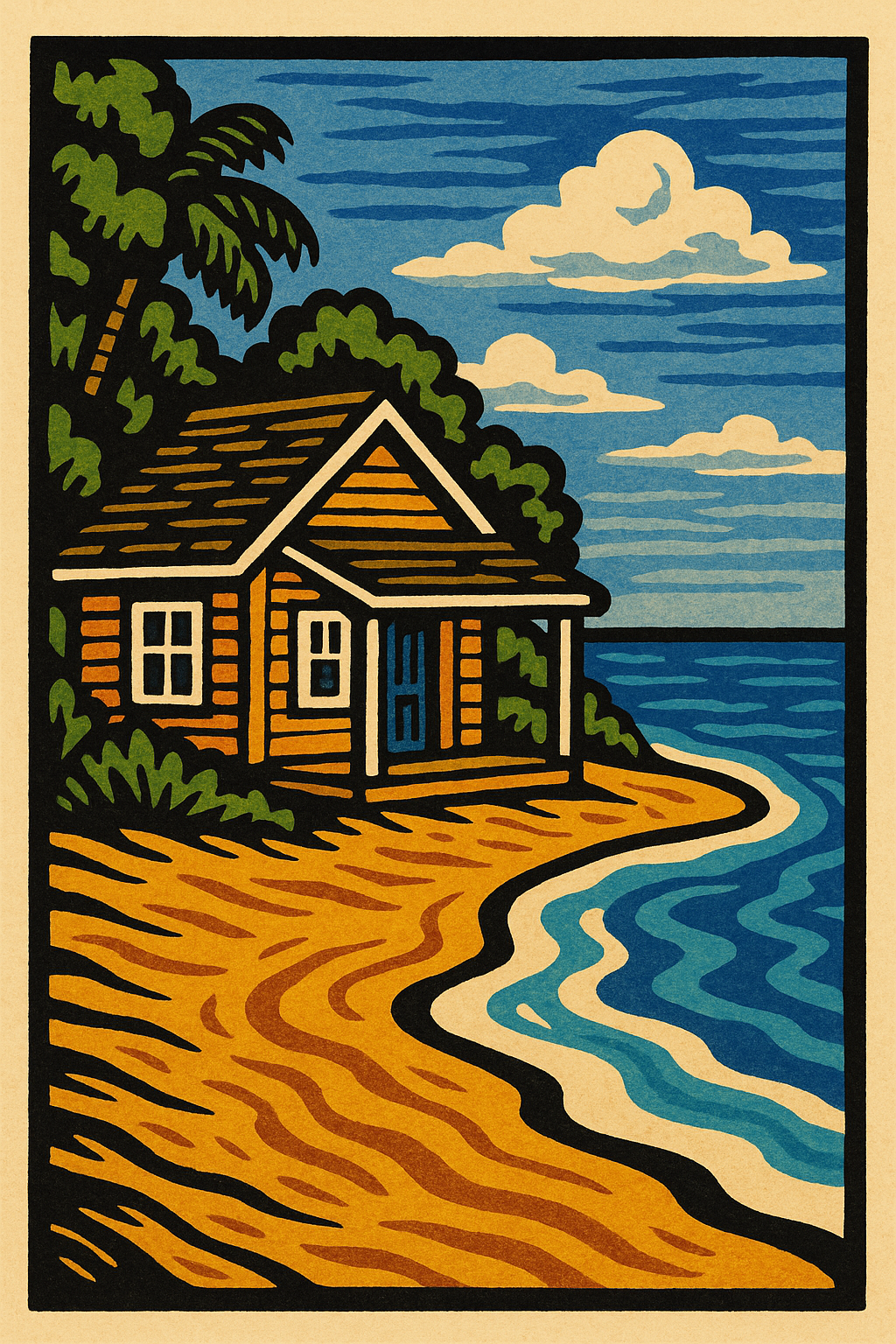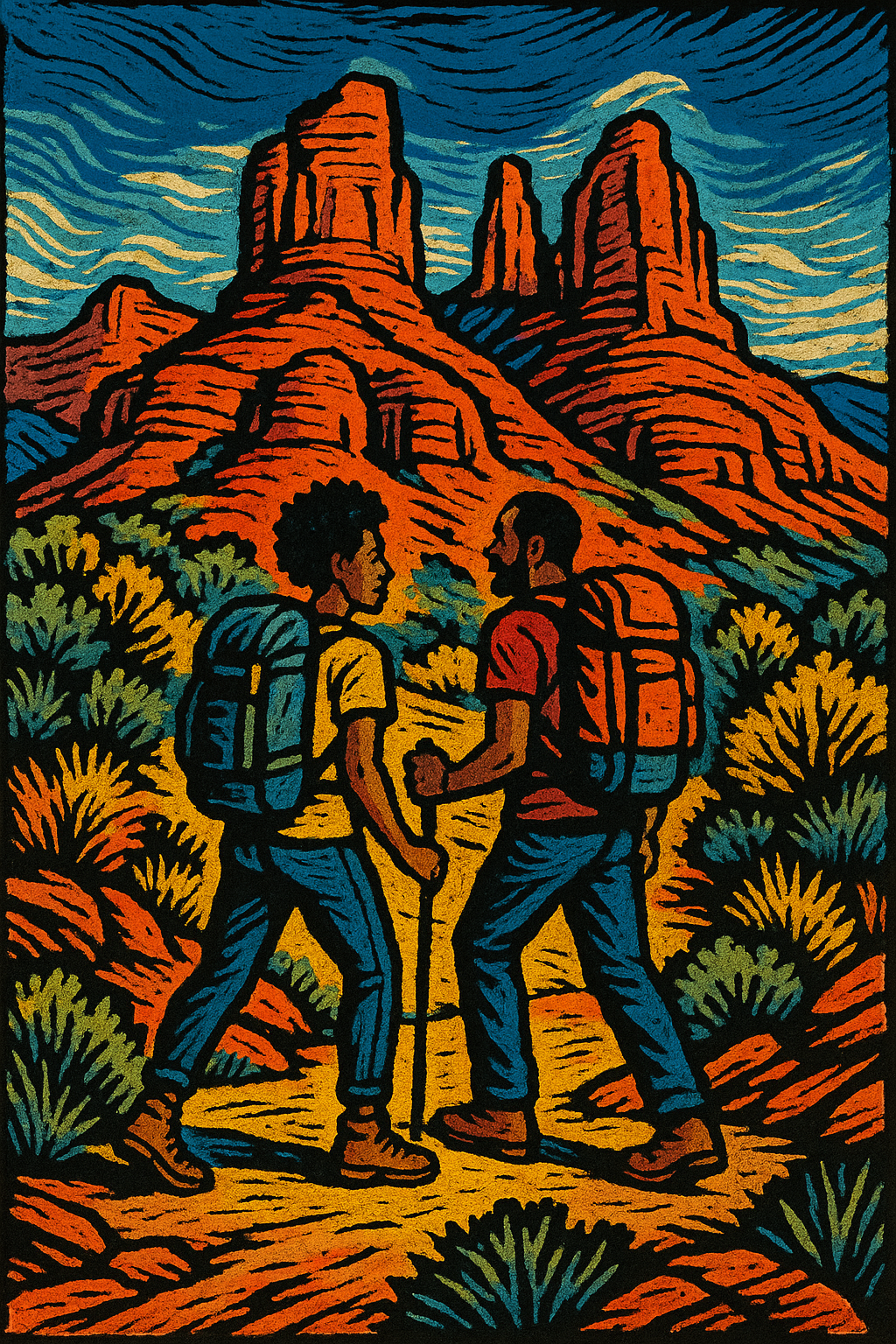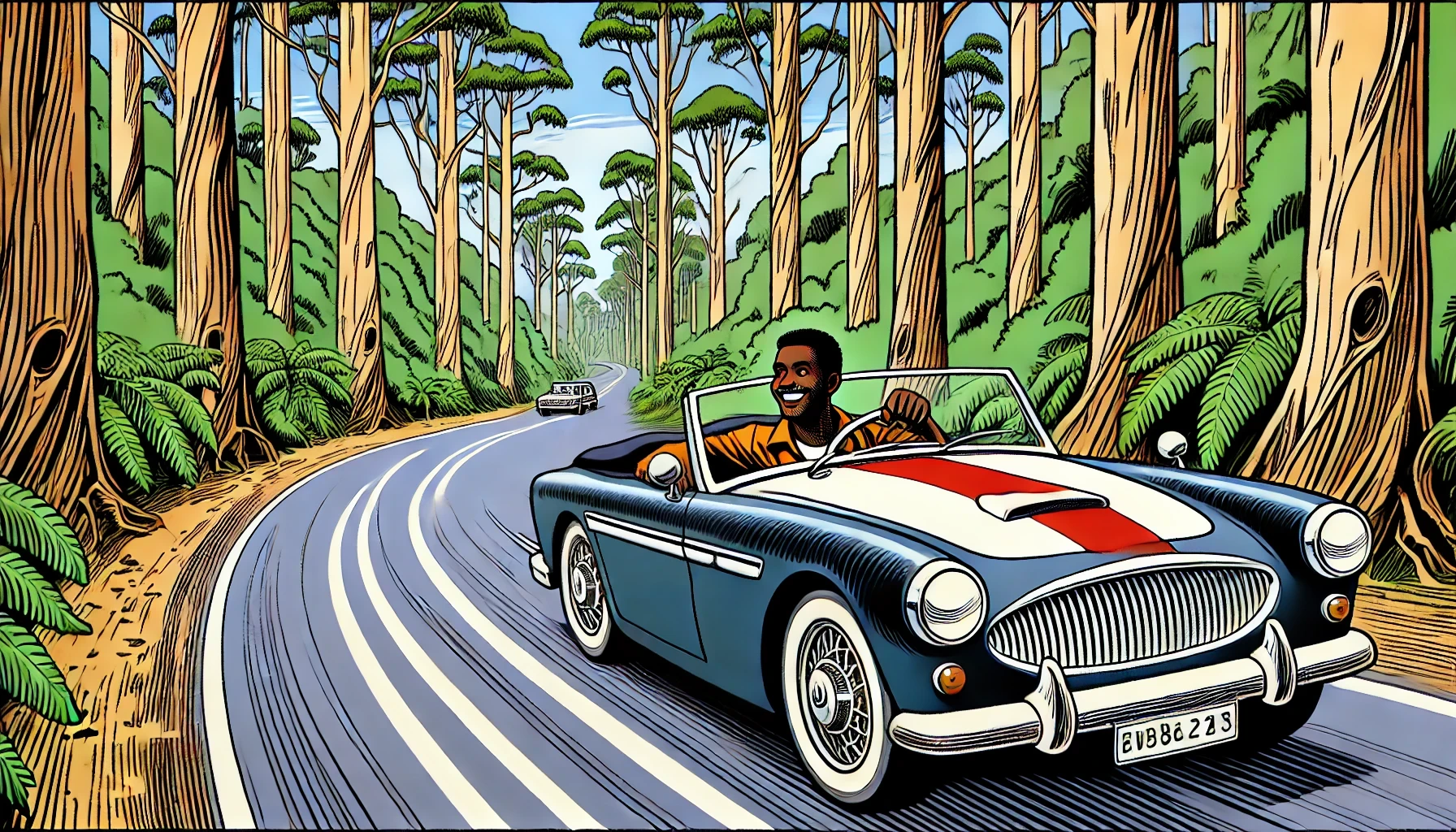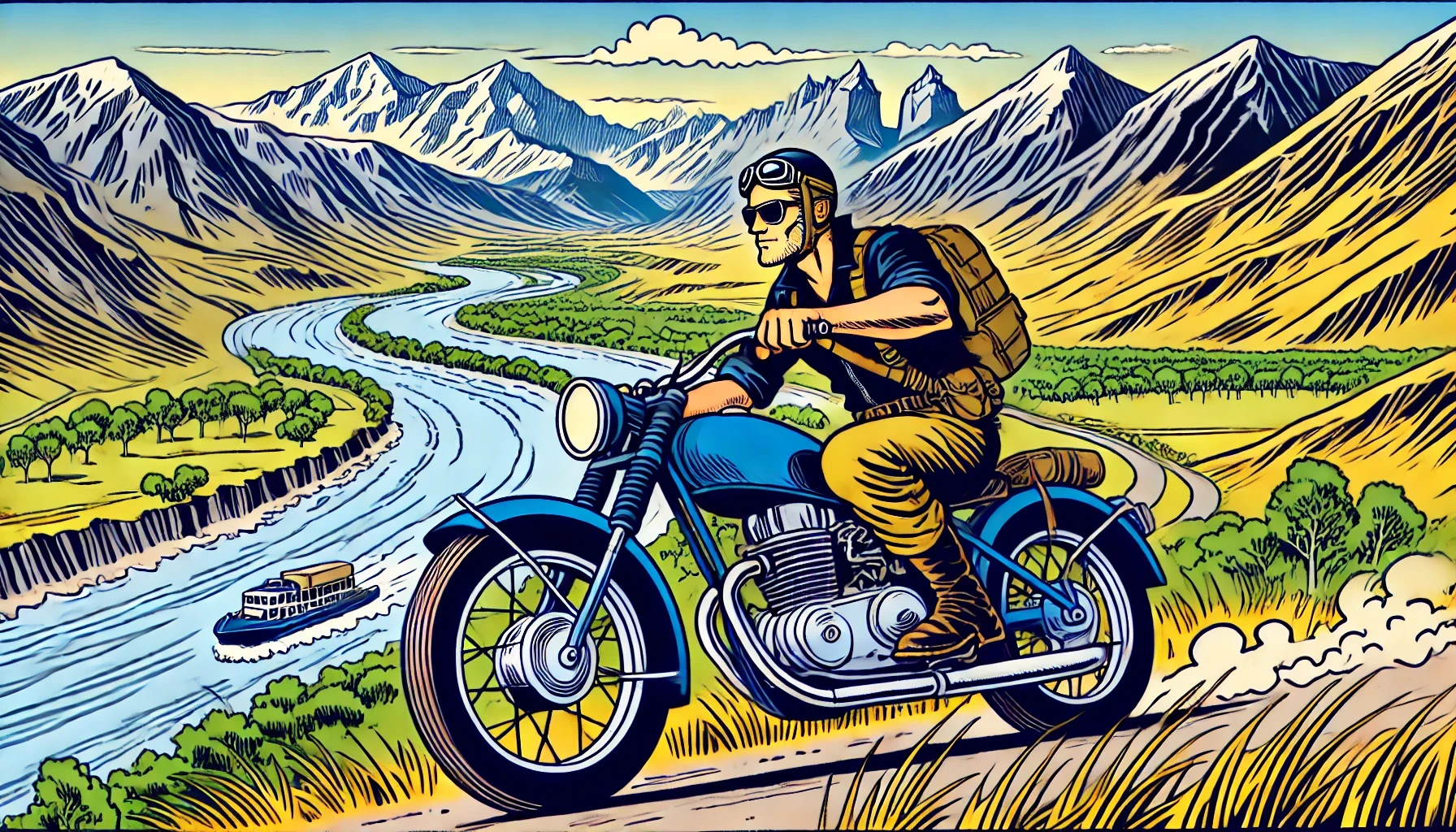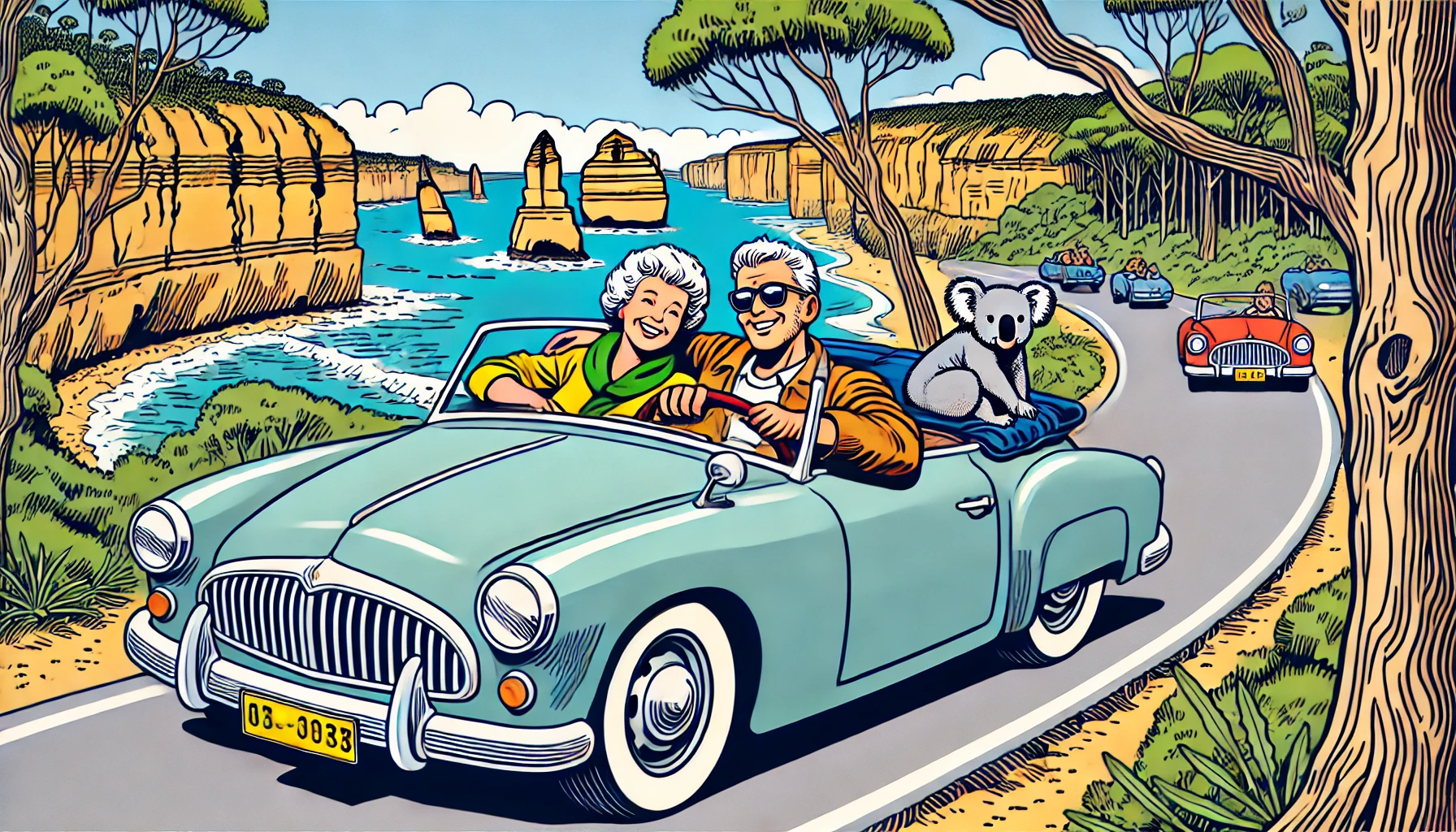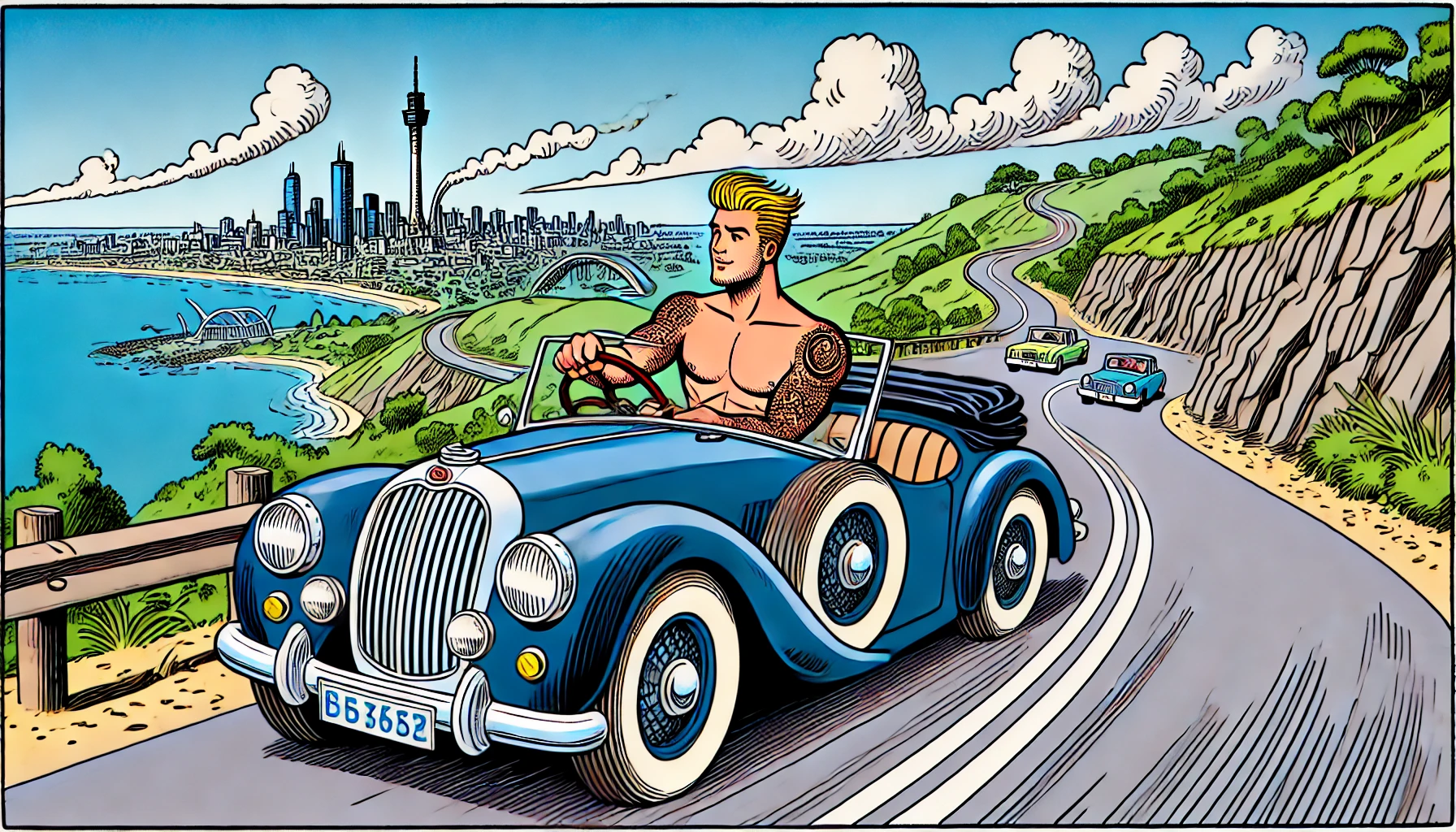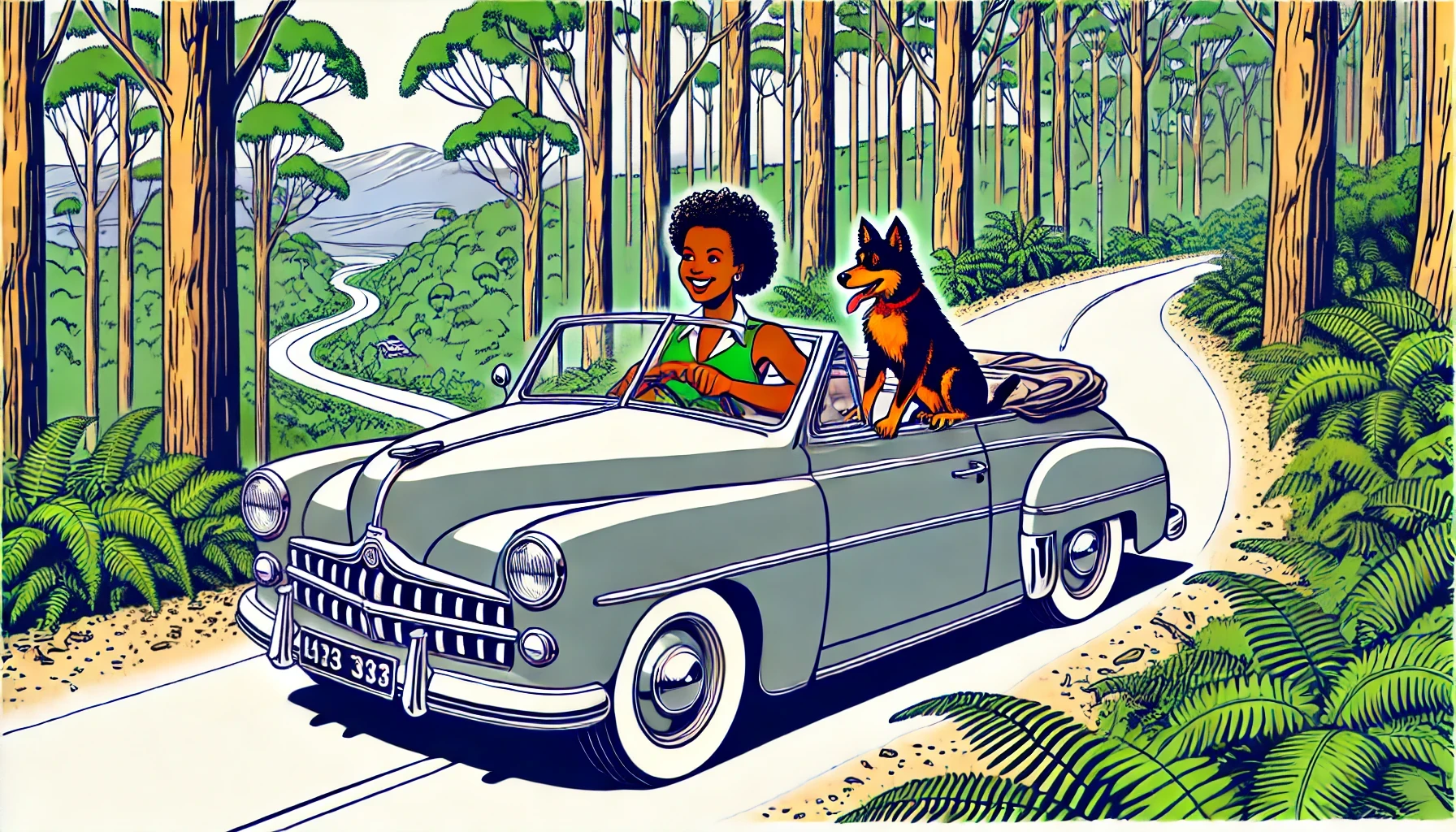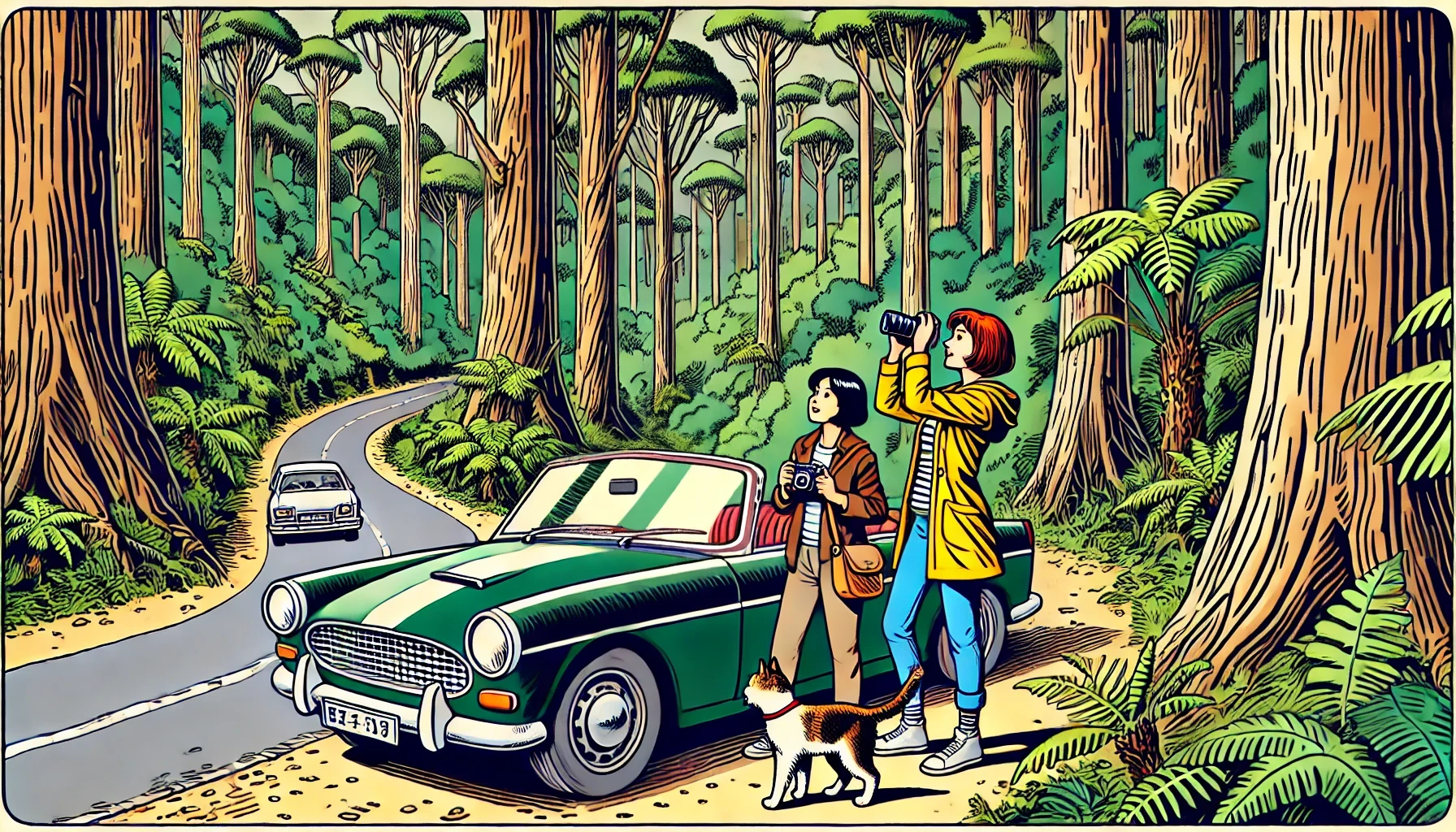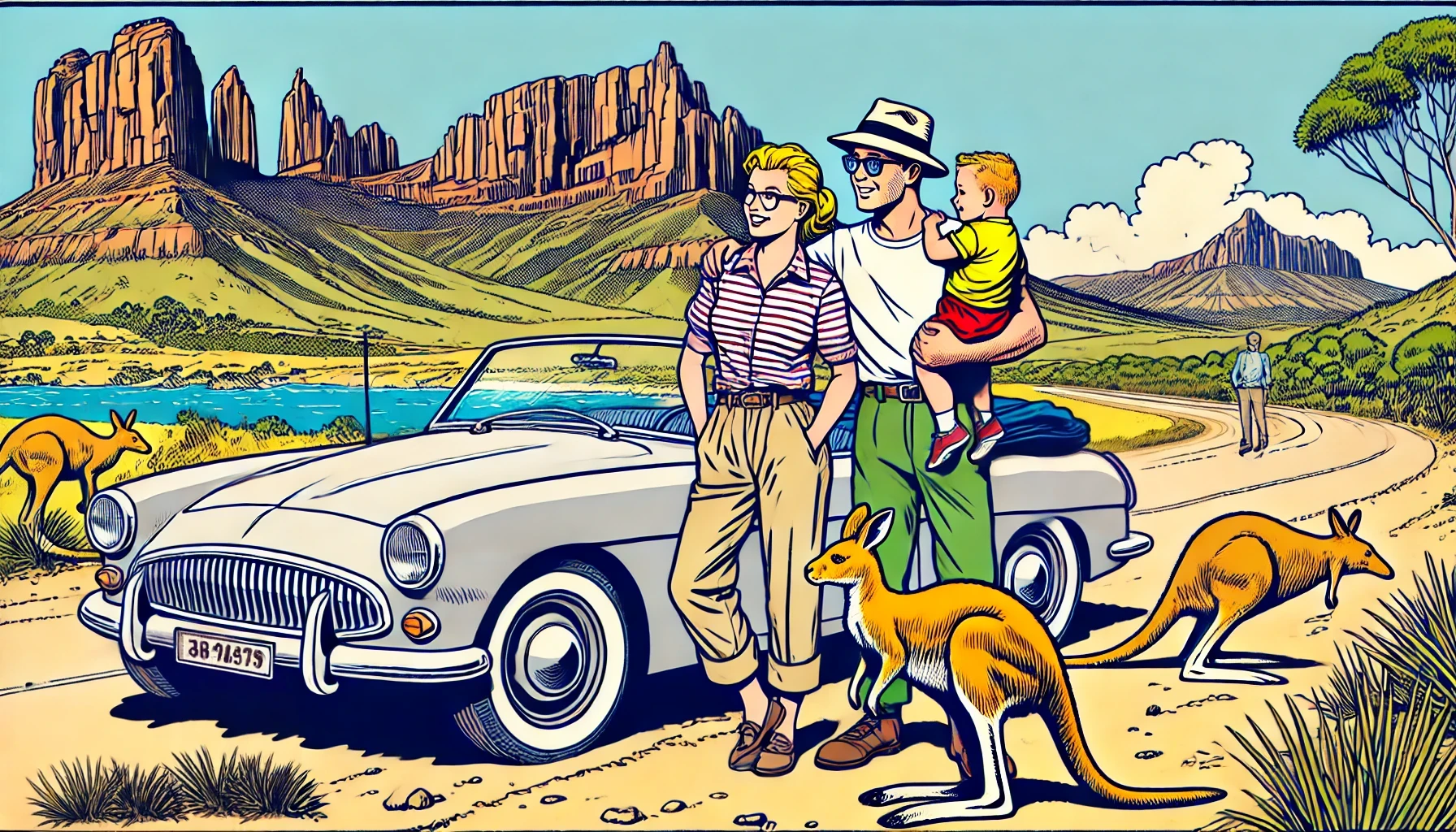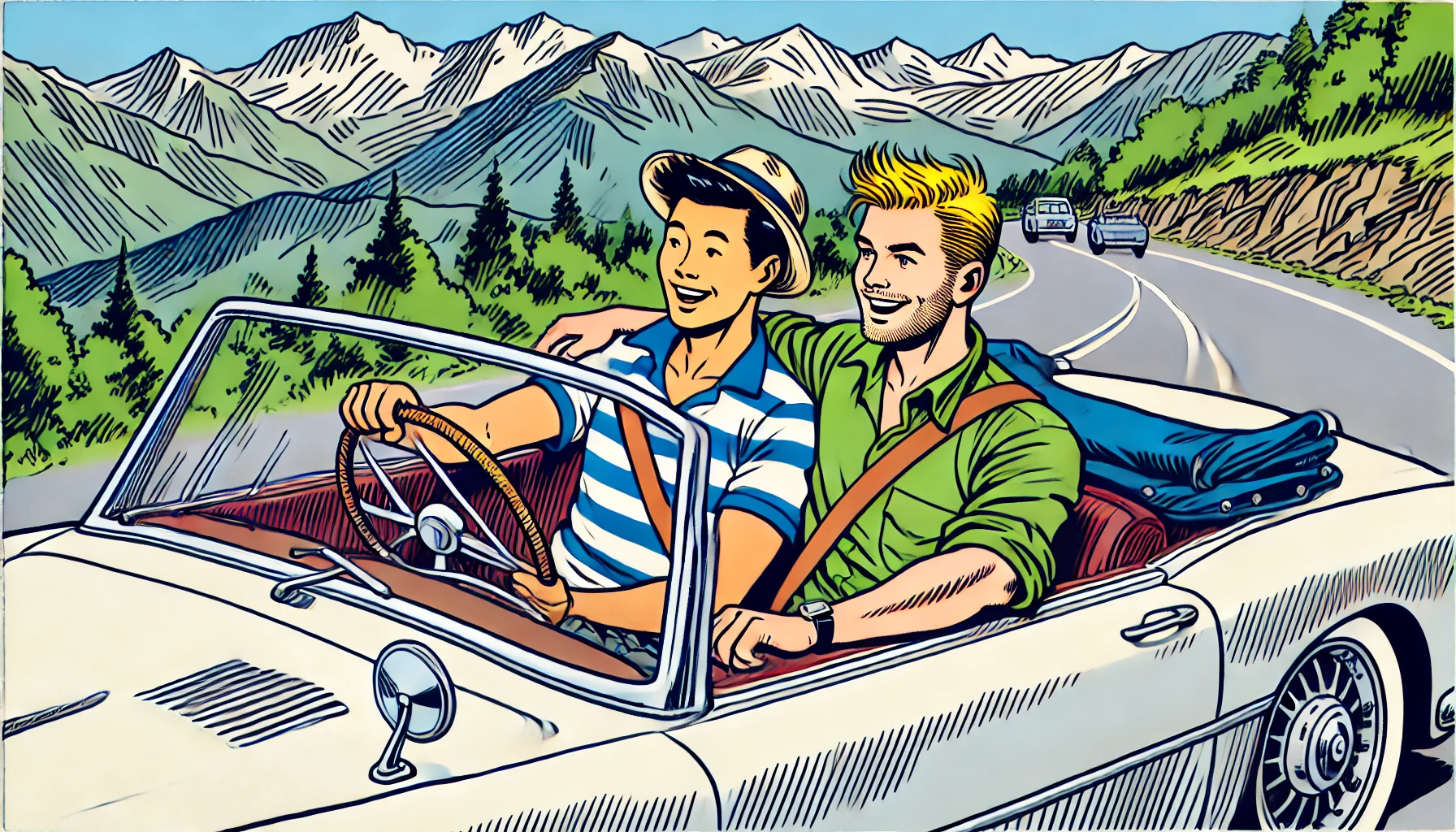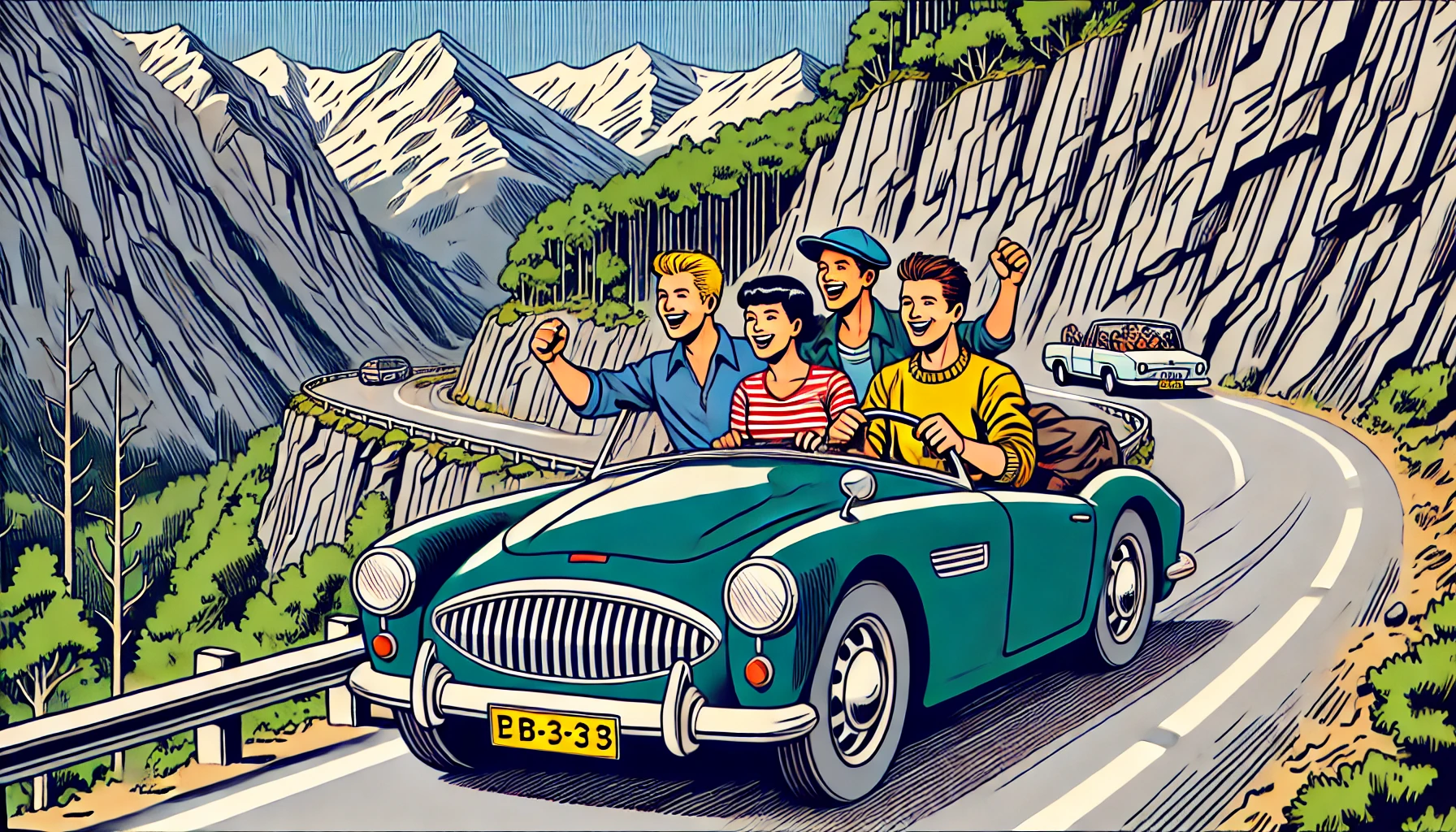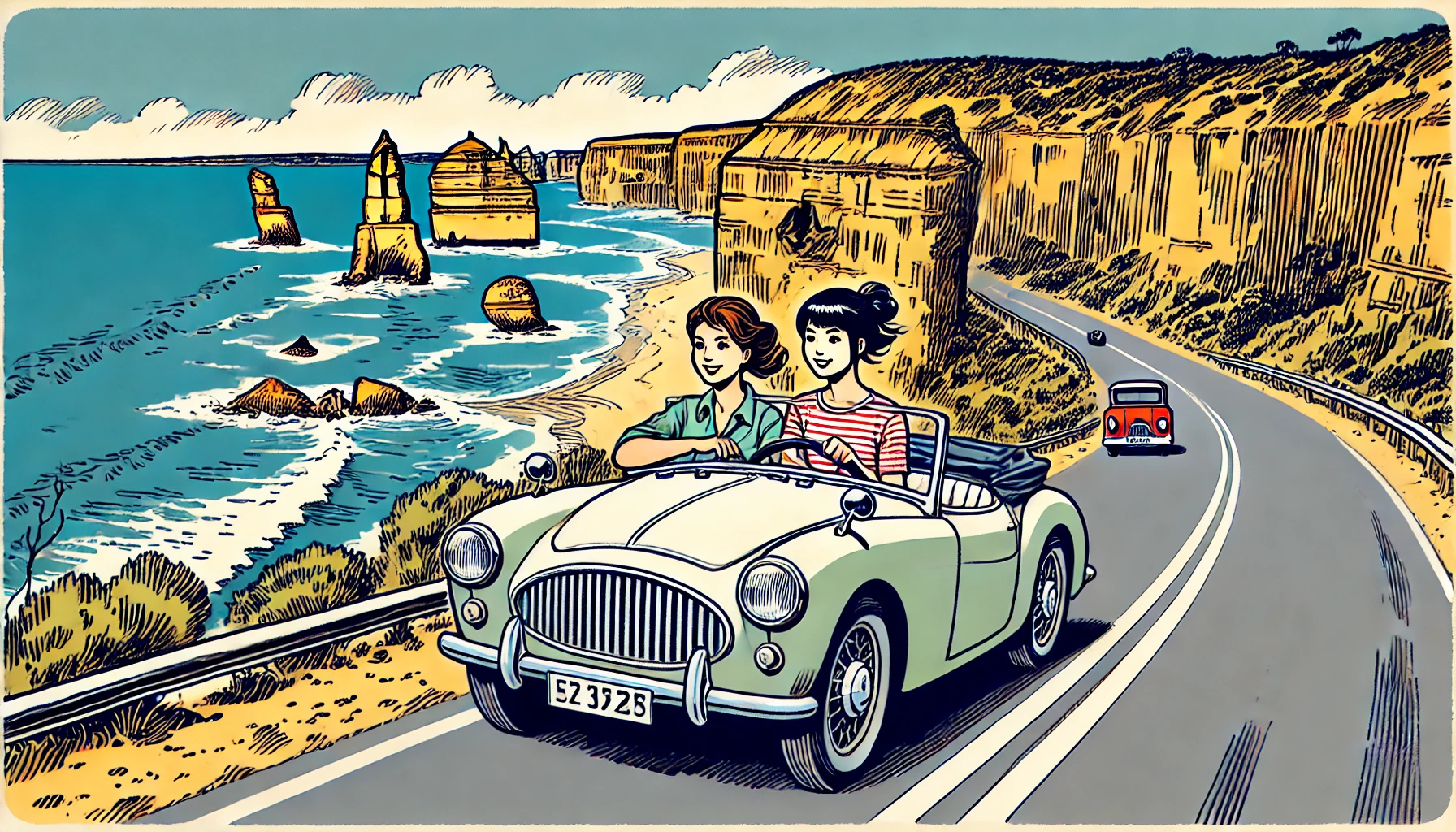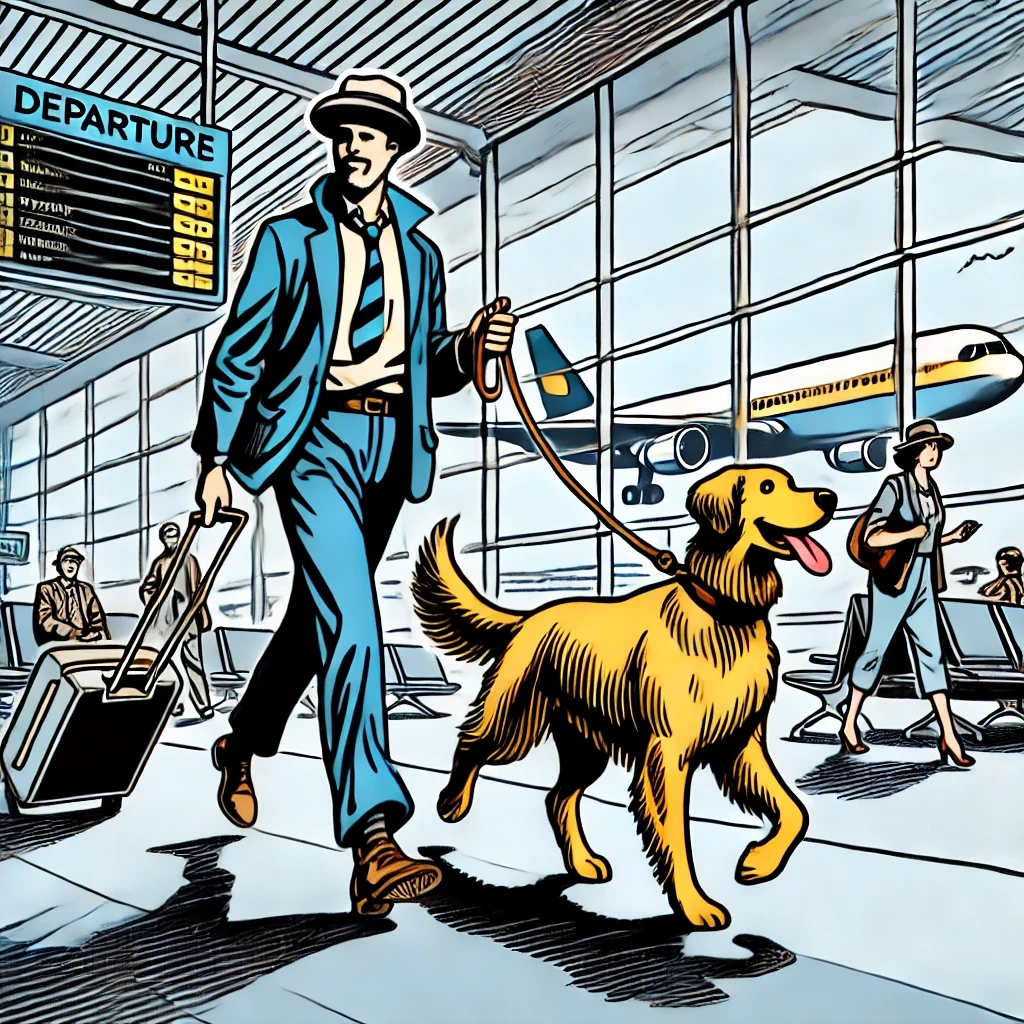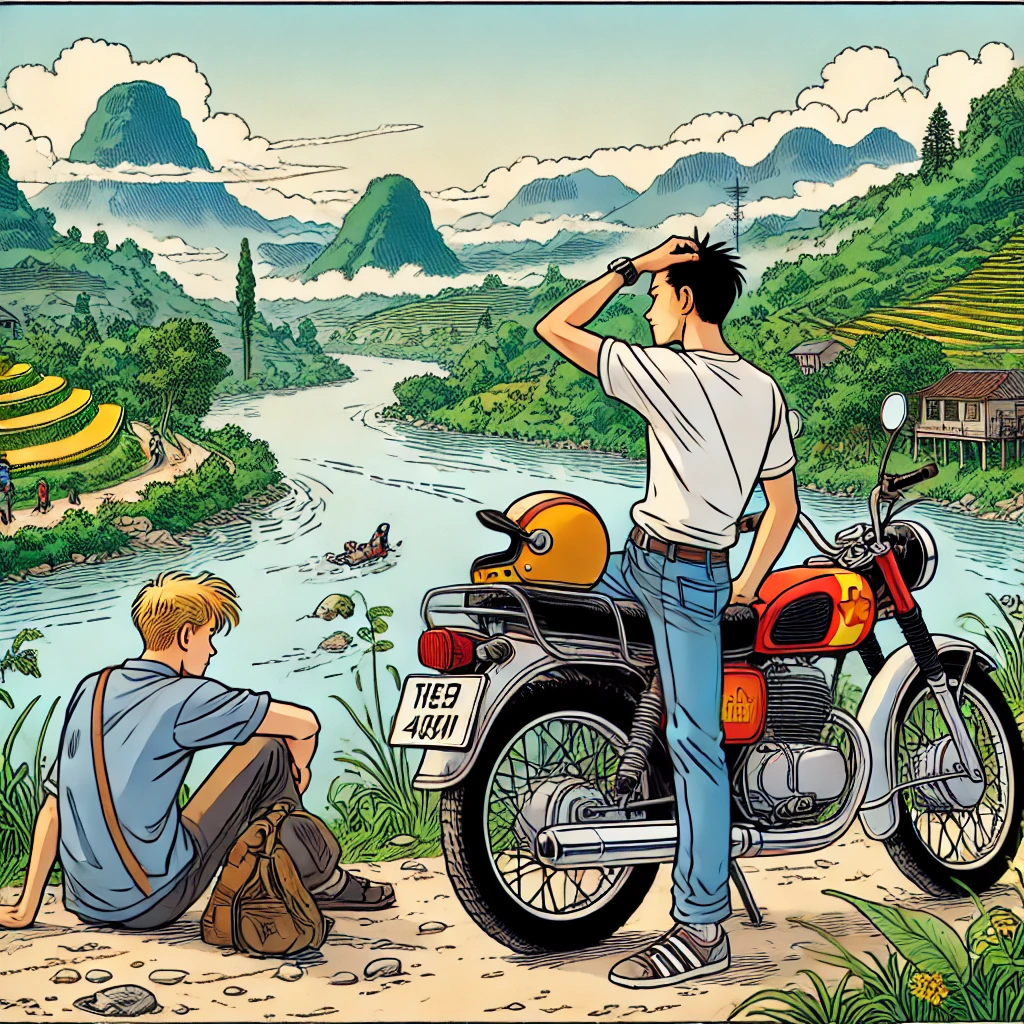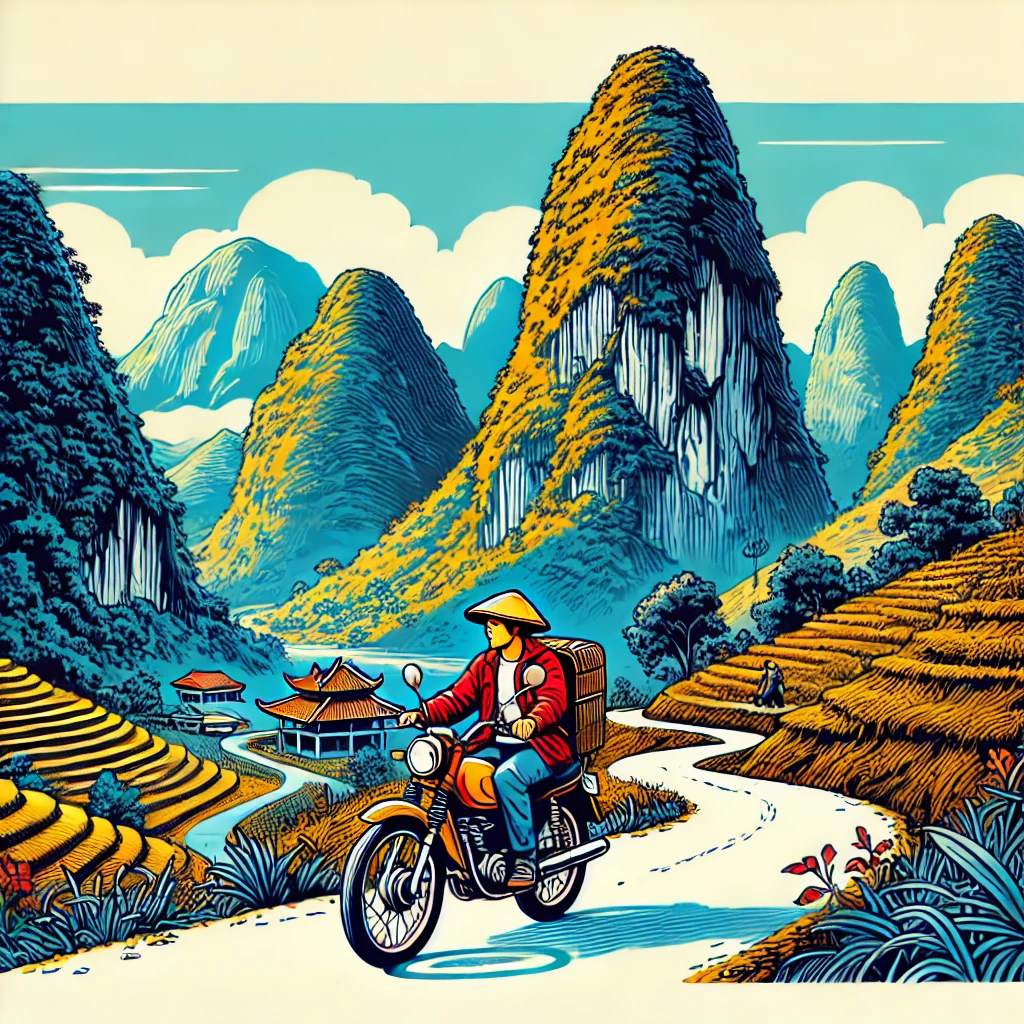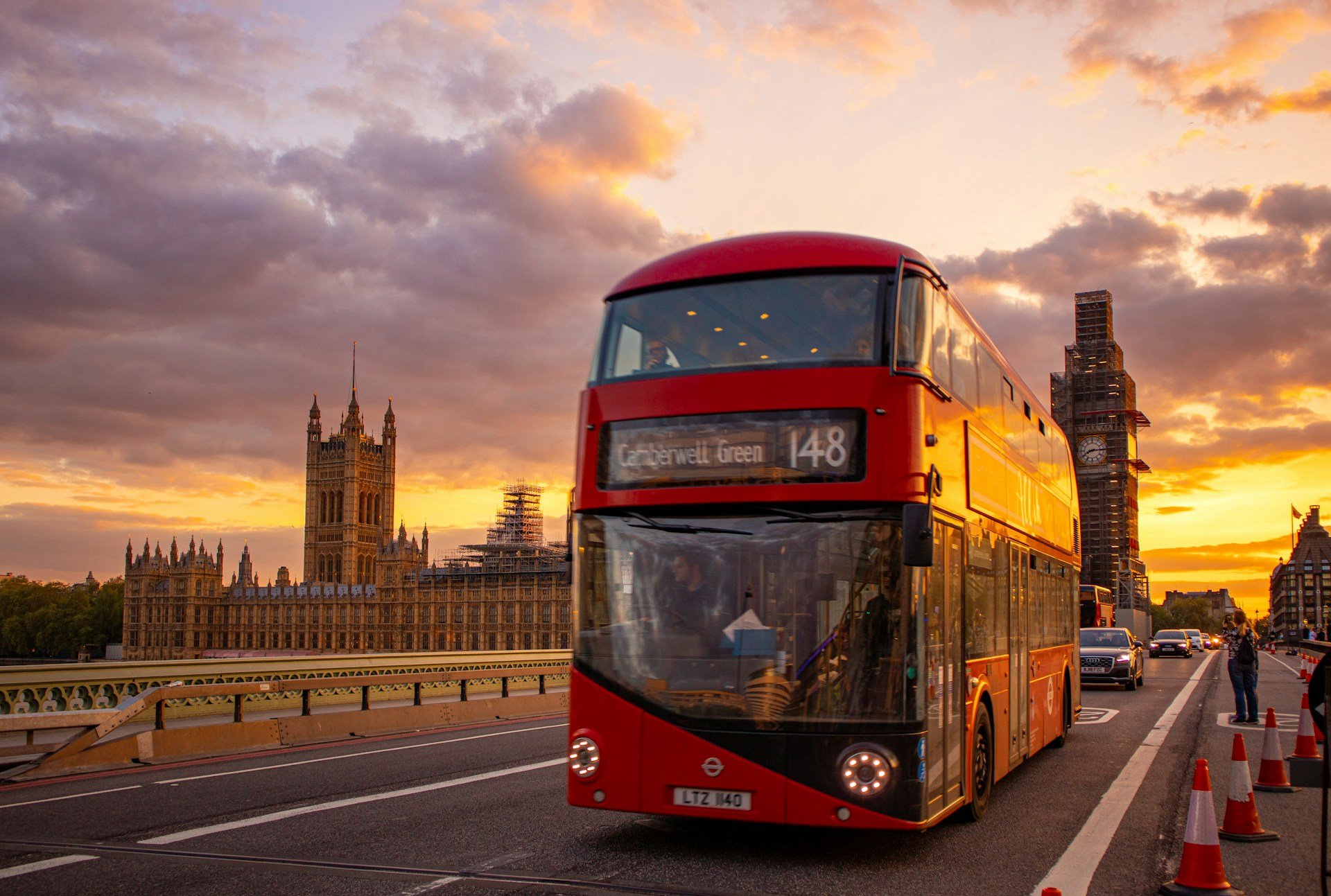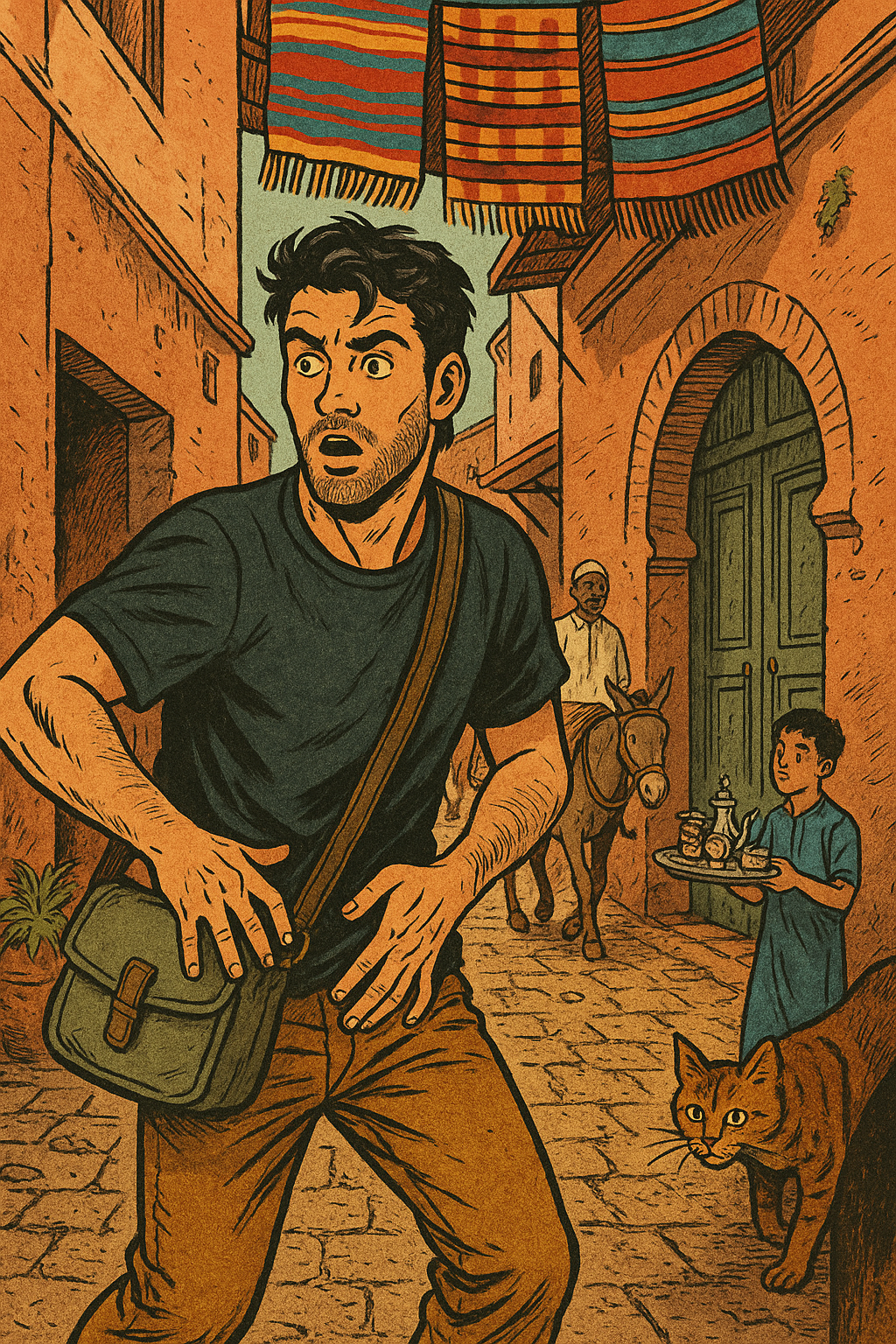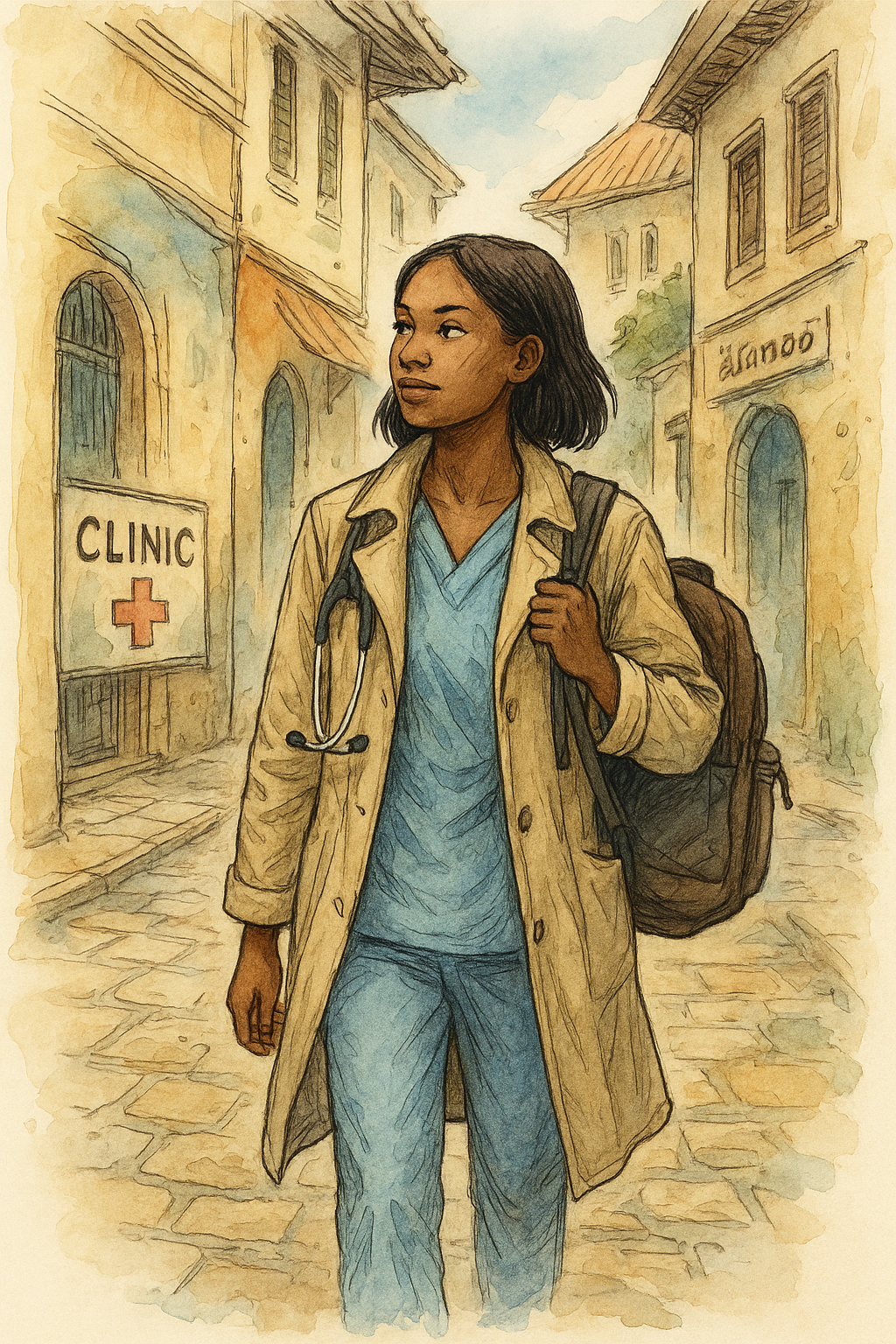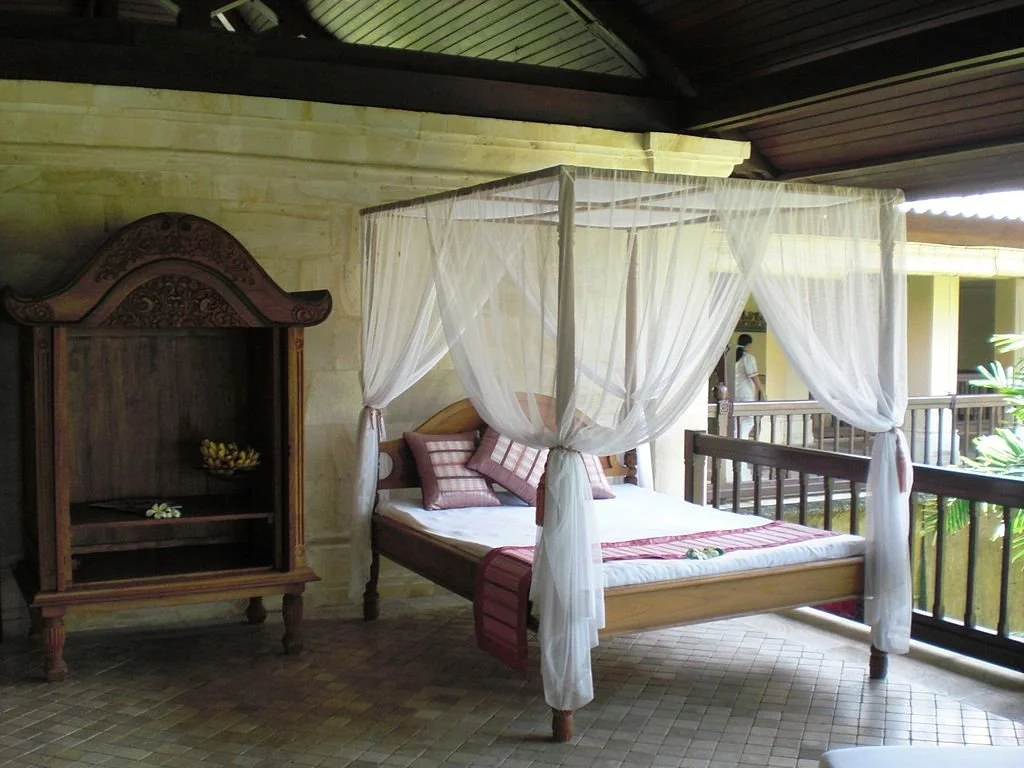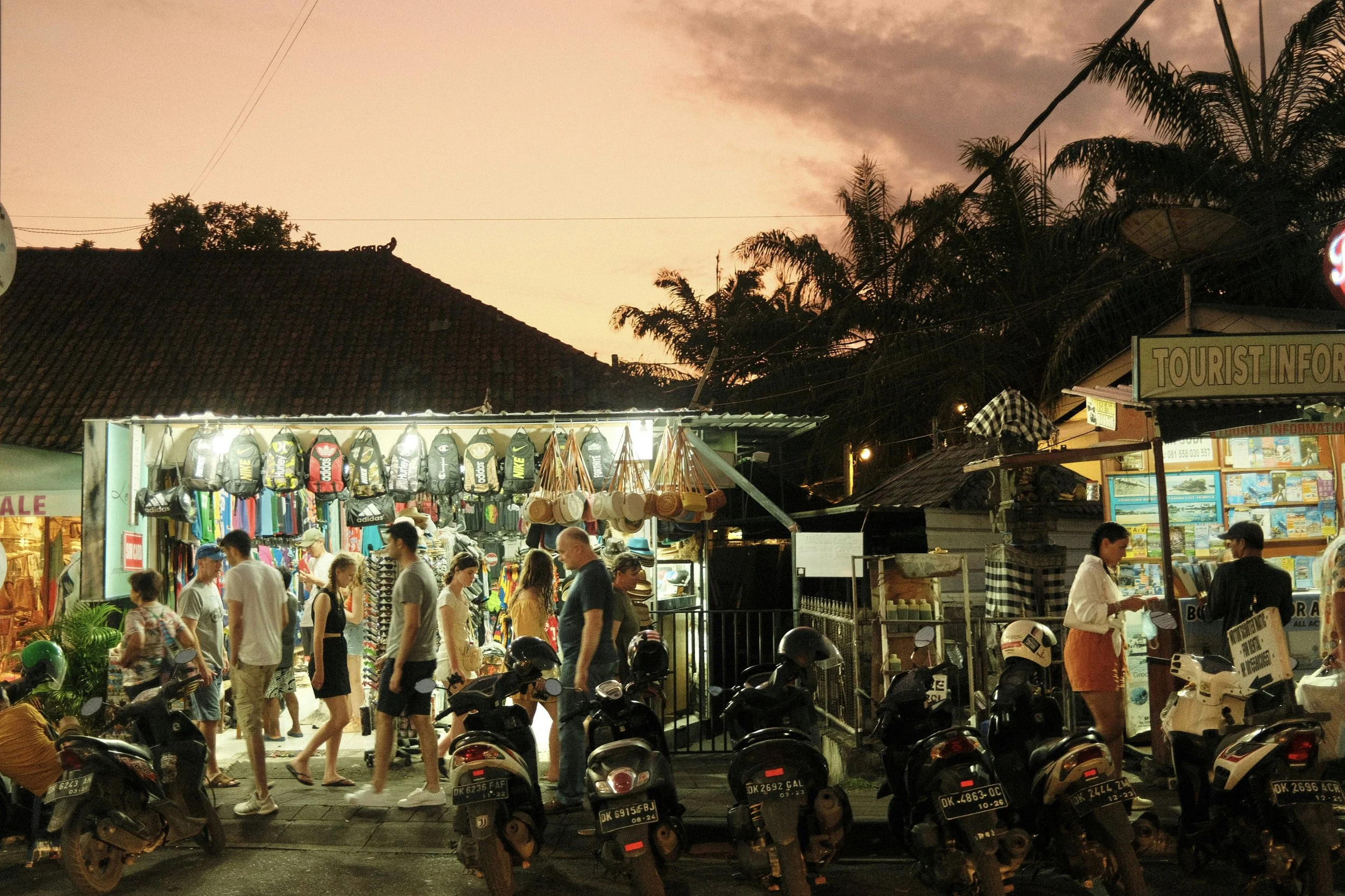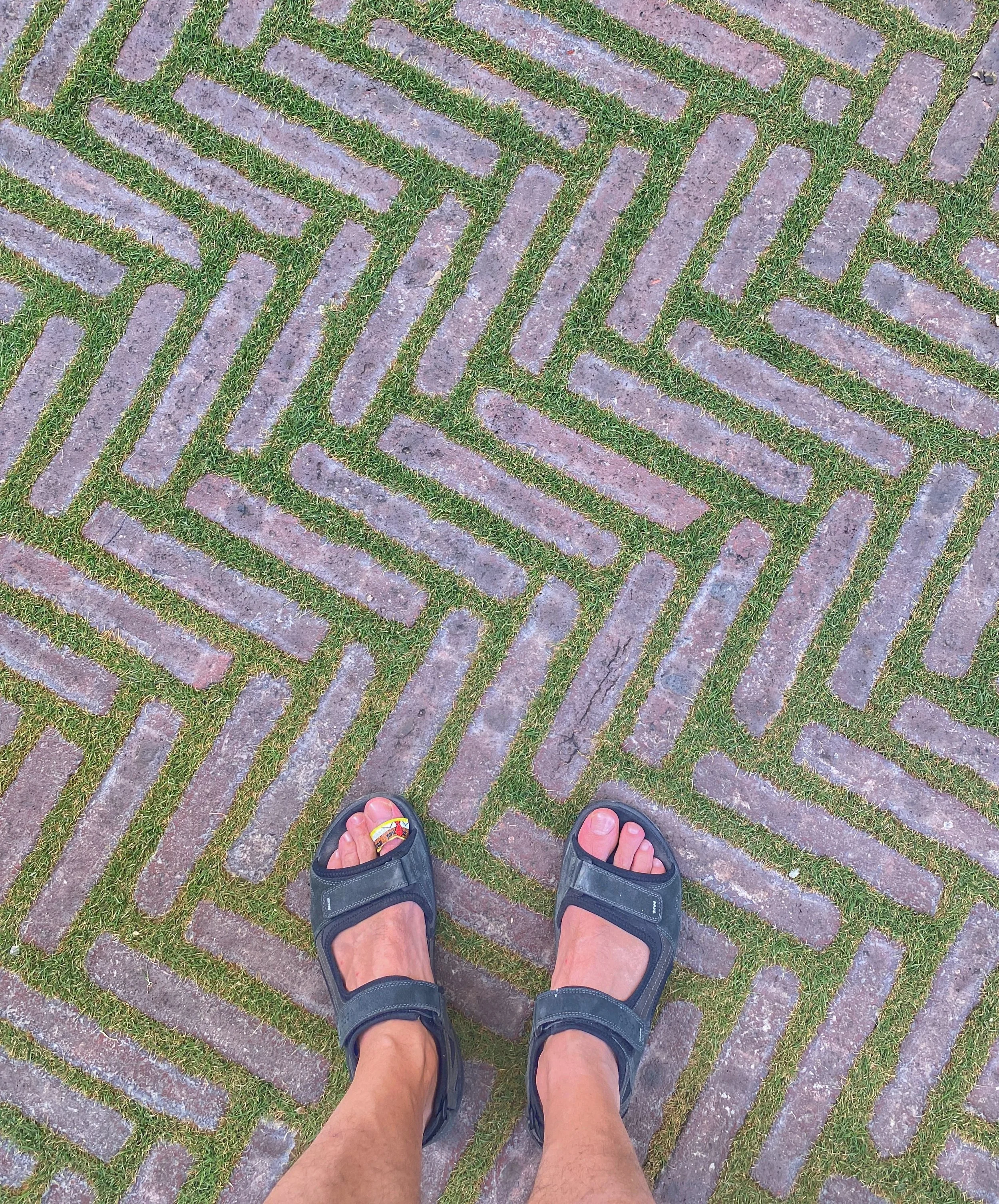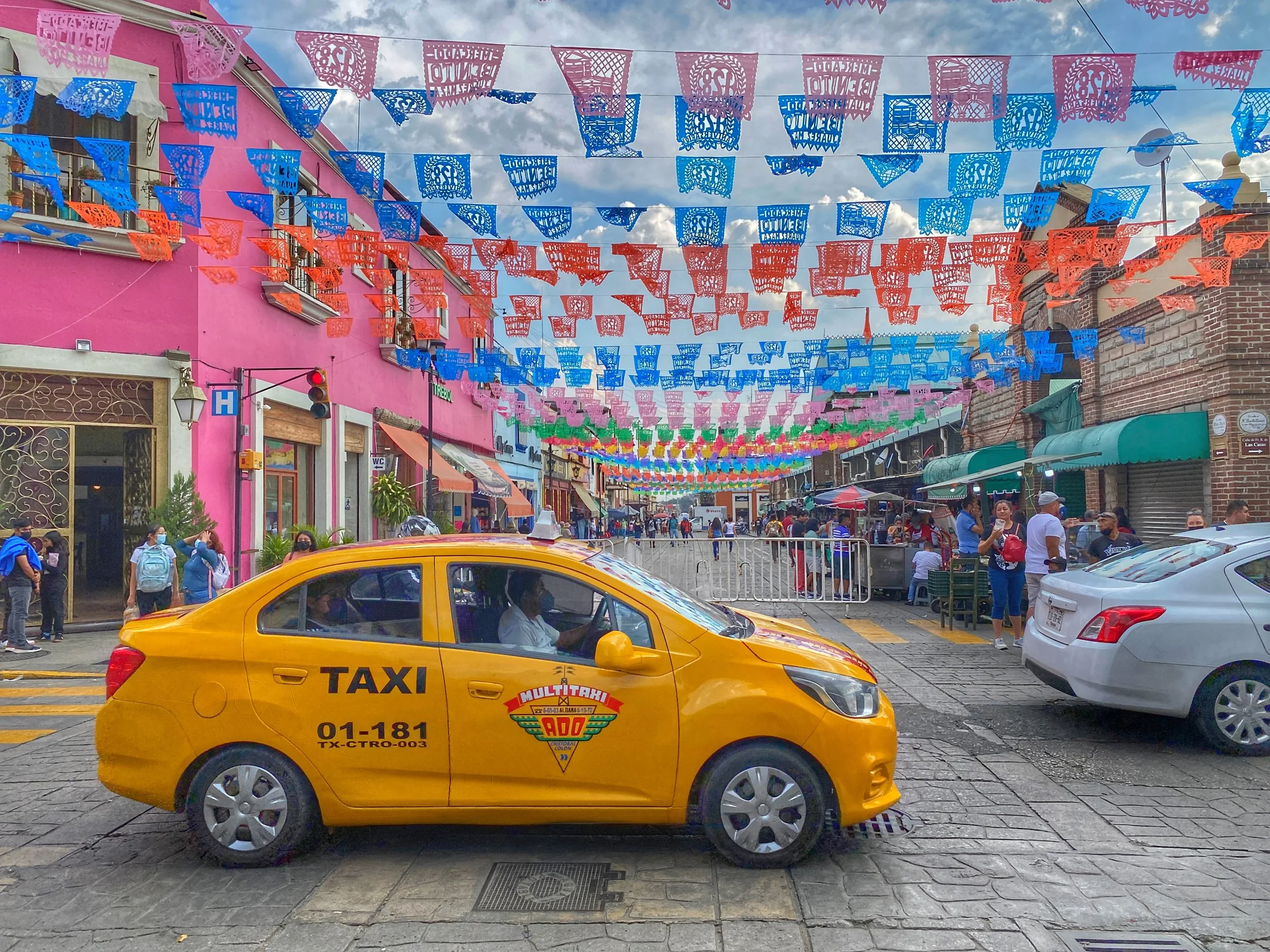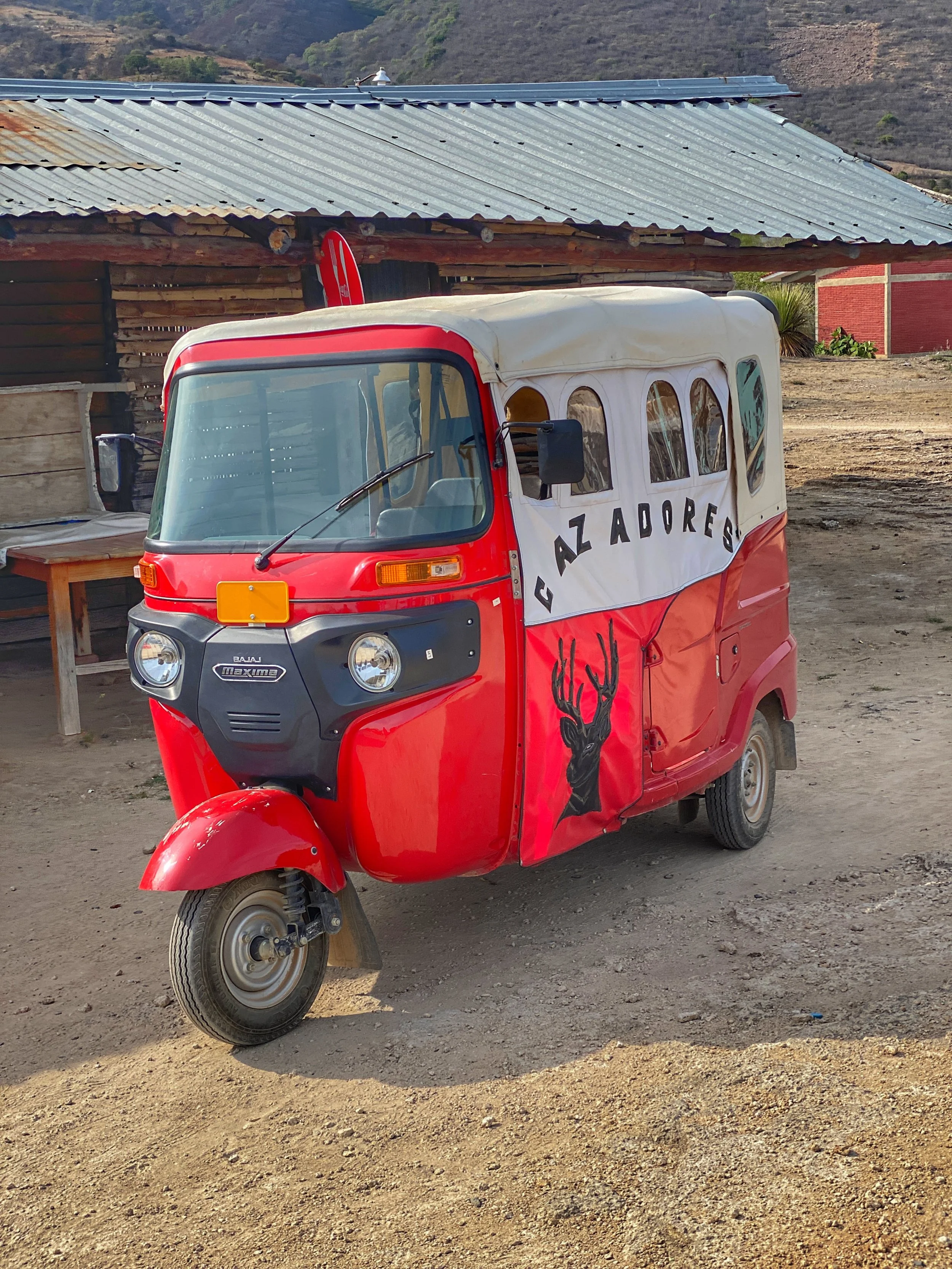Your Ring Road and Golden Circle itinerary — complete with must-see detours, travel tips and can’t-miss stops you’ll brag about for years.
Reynisfjara Beach
Why visit Iceland? The country begs to be circled, zigzagged, detoured and lingered over — with waterfalls misting your windshield, lava fields stretching to the horizon, and hot springs steaming under the midnight sun. The best way to do that? Hit the road.
This guide maps out a wow-per-minute route that loops the island on Route 1 (the famous Ring Road), layers in the Golden Circle, and sprinkles in a few side quests you’ll be humblebragging about for years.
“Whether you go clockwise or counterclockwise, you’ll pass glacier tongues, black sand beaches, alien geothermal zones, and sleepy fishing towns that look straight out of a Nordic fairy tale.”
Below: a 10-day Iceland itinerary that balances drive time and jaw-dropping moments, plus tips on timing, packing, and how to drive like a local without becoming an accidental sheep herder.
Brimketill natural pool
Why the Ring Road (Plus a Few Smart Detours) Is “The One”
Route 1 loops the entire country in about 1,332 kilometers (828 miles). Whether you go clockwise or counterclockwise, you’ll pass glacier tongues, black sand beaches, alien geothermal zones, and sleepy fishing towns that look straight out of a Nordic fairy tale.
Sure, you could do the loop in seven days — but 10 gives you breathing room to wander, soak and say “wow” every few miles. Toss in the Snæfellsnes Peninsula, the Golden Circle, and a Highlands teaser (if roads allow), and you’ve got yourself the greatest hits album of Iceland.
Reykjavik
The 10-Day Ultimate Iceland Road Trip Itinerary
Day 1: Reykjavik Arrival and Prep
Land, stock up and ease in. Pick up your campervan or car, grab groceries at Bónus or Krónan, and explore Reykjavik’s colorful streets (don’t miss Hallgrímskirkja and Harpa). And there’s always the Icelandic Phallological Museum if that’s your thing.
Overnight: Reykjavik or a nearby campground (Mosskogar, Hafnarfjörður)
Driving: Minimal (airport to city)
Þingvellir National Park
Day 2: The Golden Circle Warm-Up
Þingvellir National Park: Tectonic plates and Viking-age drama. Walk the rift valley. Bonus points for snorkeling between continents at Silfra.
Geysir Geothermal Area: Strokkur erupts every 5 to 10 minutes. Perfect for slo-mo footage.
Gullfoss: A two-tiered roar that sets the tone for Iceland’s waterfall game.
Secret stop: Reykjadalur hot spring hike — geothermal soak with a view.
Overnight: Campsite in Selfoss or Flúðir (the Secret Lagoon is rustic and steamy).
Driving: About 230 kilometers / 143 miles
Solheimasandur plane wreck
Day 3: South Coast Icons: Waterfalls to Black Sand
Seljalandsfoss and Gljúfrabúi: Walk behind one, then find the other hiding in a canyon.
Skógafoss: Perfect rectangular power. Climb up for panoramic payoff.
Sólheimasandur Plane Wreck: Eerie DC-3 remains in a black desert. It’s a 7-to-8-kilometer round trip, so bring snacks.
Vík and Reynisfjara Beach: Basalt columns, sea stacks and sneaker waves. Keep a healthy distance.
Overnight: Vík or Kirkjubæjarklaustur.
Driving: About 200 kilometers / 124 miles
Fjaðrárgljúfur Canyon
Day 4: Glaciers, Icebergs and Lava Fields
Fjaðrárgljúfur Canyon: A mossy, winding marvel (check road access)
Skaftafell (Vatnajökull NP): Hike to Svartifoss or strap on crampons for a glacier walk.
Jökulsárlón and Diamond Beach: Icebergs to the ocean, glittering ice on black sand. Straight-up magic
Overnight: Höfn area (soak at Hoffell hot tubs if you’re feeling fancy).
Driving: About 270 kilometers / 168 miles
Seyðisfjörður
Day 5: The Eastfjords: Switchback Beauty and Tiny Towns
The drive: Narrow roads cling to fjords, with surprise tunnels and gasp-worthy views.
Stops: Djúpivogur’s giant eggs, Petra’s Stone Collection, maybe a reindeer cameo near Egilsstaðir
Optional detour: Seyðisfjörður, a rainbow-road artsy escape in a deep fjord
Overnight: Egilsstaðir or Seyðisfjörður
Driving: About 260 kilometers / 162 miles
Hverir
Day 6: Northbound to the “Capital of the North”
Dettifoss and Selfoss: One’s raw power, the other’s elegance. Use Route 862 if you prefer paved.
Hverir: Bubbling mud pots and sulfurous steam. Welcome to Mars, Iceland edition.
Lake Mývatn: Lava labyrinths, pseudocraters and the blue Grjótagjá cave
Godafoss: Horseshoe-shaped and heavenly
Overnight: Akureyri
Driving: About 300 kilometers / 186 miles
Whale watching at Húsavík
Day 7: Whale Tails and Turf Roofs
Morning in Akureyri: Coffee and a botanical stroll
Húsavík Whale Watching: Prime humpback territory. Book ahead.
Glaumbær Turf Farm: Sod-roofed time travel
Overnight: Varmahlíð or Blönduós
Driving: About 260 kilometers / 162 miles
Snæfellsnes
Day 8: West Iceland & Snæfellsnes Teaser
Short hikes: Glanni Waterfall and Grabrok Crater
Snæfellsnes (optional start): Kirkjufell, Arnarstapi cliffs, Djúpalónssandur beach and the glacier-capped Snæfellsjökull
Overnight: Stykkishólmur, Grundarfjörður or Hellissandur
Driving: About 300 kilometers / 186 miles (less if you save Snæfellsnes for tomorrow)
Vatnshellir lava cave
Day 9: Finish Snæfellsnes & Return to Reykjavik
Catch anything you missed: Vatnshellir lava cave, the moody Búðir black church
Optional soak: Krauma Baths — steamy serenity powered by Europe’s most powerful hot spring
Overnight: Reykjavik or Keflavik
Driving: About 250 kilometers / 155 miles
Reykjanes Peninsula
Day 10: Blue Lagoon, Reykjanes, and Farewell
Lagoon of your dreams: Sky or Blue Lagoon. Yes, they’re touristy. They’re also glorious.
Reykjanes Peninsula: Lava cliffs at Brimketill, bubbling Gunnuhver, and a bridge between tectonic plates
To do: Return your ride. Ooh and ahh over your photos. Cry a little.
Driving: About 80 to 120 kilometers / 50 to 75 miles
Hveravellir
Bonus Detours (If You’ve Got Extra Days) on Your Iceland Road Trip
The Westfjords: Rugged, wild and crowd-free. Dynjandi waterfall, Látrabjarg puffins, Rauðasandur’s red beach. Add 3 to 5 days.
The Highlands: Summer only, 4x4 required. Rhyolite mountains of Landmannalaugar, steamy Hveravellir. Check F-road status before you go.
Thórsmörk Valley: Epic hikes and glacier views — reached via rough roads and worth every bump.
Godafoss
When to Go on Your Iceland Road Trip (And What That Means)
Summer (June to August): Midnight sun, most accessible, priciest and busiest. Reserve everything early.
Shoulder Seasons (May and September): Fewer crowds, lower prices, decent daylight. Road conditions can vary.
Winter (October to April): Northern lights, snow-globe vibes, but also storms and limited daylight. Consider shorter loops unless you’re a seasoned winter driver.
The Ring Road
Island Road Trip Logistics: Campervan vs. Car
My take: campervans = ultimate freedom + a rolling kitchen. If you want to be spontaneous, cook your own meals and sleep by waterfalls, this is the way. Iceland’s campsites are everywhere, and a fully equipped premium campervan makes logistics easy-peasy.
Selfoss
Driving and Safety Tips for Iceland
Weather: Vedur.is and road.is are your new besties. Wind can literally rip doors off.
Single-lane bridges and blind hills: Yield, go slow, stay alert.
Gravel and F-roads: That F stands for fjall (Icelandic for “mountain”). Most insurance won’t cover damage. Know what you’re driving.
Sheep patrol: If one crosses, assume more are on the way.
Fuel: Fill up when you can — especially in the East and North.
Diamond Beach
Iceland Road Trip Budget Snapshot (Per Day for Two)
Campervan: $150 to $300+
Fuel: $60 to $100
Campsites: $15 to $25 per person
Food: $30 to $50 (DIY), double if you eat out
Activities: $60 to $200 per tour
Pro tip: Tap water = glacier-fresh and free. Bring a refillable bottle.
Glaumbær Turf Farm
Packing Essentials for Your Iceland Road Trip That You’ll Actually Use
Clothing: Waterproof shell, warm layers, quick-dry everything, swimsuit, gloves — even in July.
Shoes: Waterproof boots, camp shoes, microspikes for shoulder season.
Electronics: Car inverter, USB hubs, offline maps, camera batteries (the cold eats them).
Comfort: Spices, condiments, a French press, headlamp (winter) or eye mask (summer).
Safety: First aid kit, emergency blanket, paper map backup.
Iceland Campsite Etiquette and Rules
No wild camping (unless a farmer says yes). Use official sites.
Leave no trace. Seriously. Iceland’s fragile — pack it in, pack it out.
Keep quiet hours: Usually 11 p.m. to 7 a.m. The midnight sun doesn’t excuse middle-of-the-night karaoke sessions.
Dettifoss
Take the Road, Not Just the Photo
Iceland is a photographer’s dream, but the real magic happens in between the snapshots — chatting with locals about elf rocks, soaking in a secret hot pool, or pulling over because the sky just exploded in green fire.
So start your engine. Keep your plans loose. And let Iceland do what it does best: Surprise you around every bend. –Jeremy Albelda


